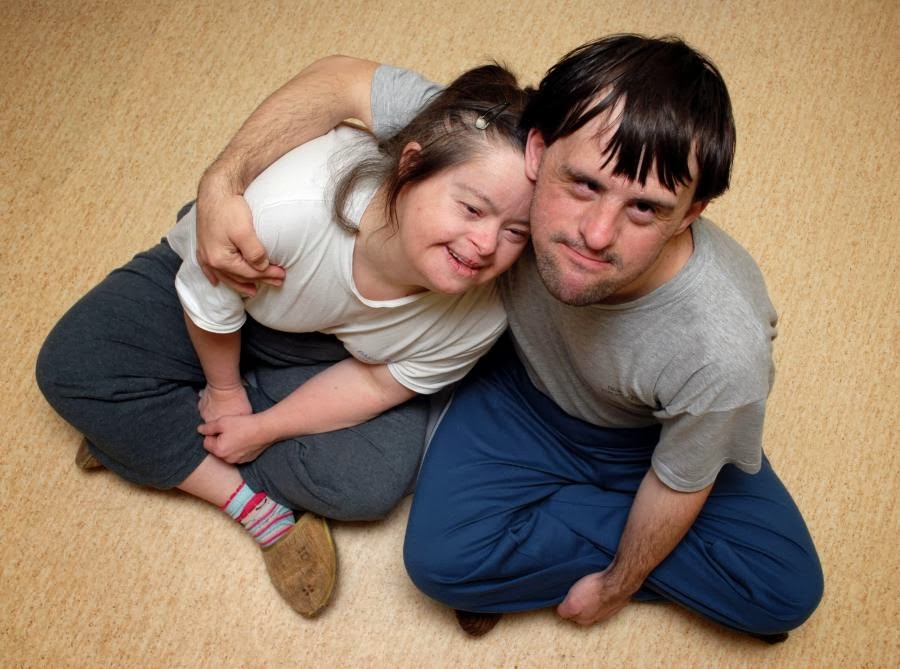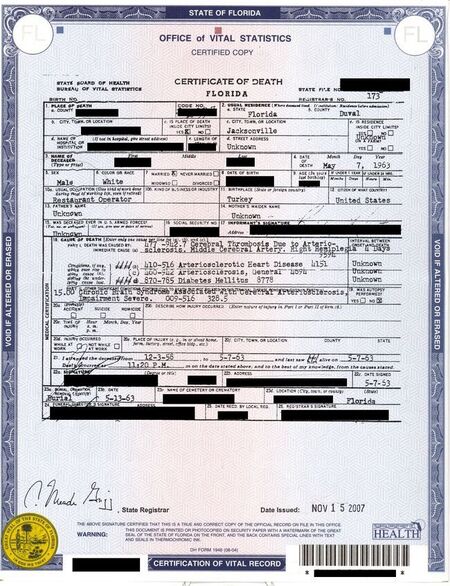How to become a child welfare caseworker
Child Welfare Social Work Guide
Weeks before a mother and her two children who have been placed in foster care are set to reunite, she’s arrested for getting into a physical altercation. Based on her history, there’s a good chance she could face jail time, making the reunification impossible. The situation will be heartbreaking for her children but will ultimately ensure that they remain in the most stable home possible. How do you break the news to them?
These are the kinds of dilemmas child welfare social workers encounter every day. While decisions can be tough, the fulfillment from ensuring that children are safe and given the best possible opportunity to succeed outweighs the challenges of this demanding field of social work.
Table of Contents
Child welfare social workers protect vulnerable youth and help disadvantaged families meet the needs of their children. As the National Association of Social Workers (NASW) explains, they “specialize in building upon the strengths within a family and their community to help provide a safe and loving environment for their children,” but also “intervene to protect children from harm” when necessary.
Due to the complexity and emotionally charged nature of their work (separating families by necessity, sometimes permanently, and balancing the at times conflicting interests of the child, his/her parents, and the child dependency court), child welfare social workers may find their daily responsibilities to be challenging. Despite these difficulties, professionals in this field often find their ability to provide compassionate support to parents while protecting children in need to be rewarding due to its profound impact, on an individual and societal level.
Job Description at a Glance
Some of the child welfare social worker’s core responsibilities include responding to cases of child abuse and neglect; removing children from home settings that are dangerous or do not meet certain standards; working with children and their families on a reunification plan in collaboration with child dependency courts; helping parents meet the needs of their children by connecting them with resources and helping them navigate programs, therapy and advising; and arranging for short- and long-term care of children whose families cannot take care of them.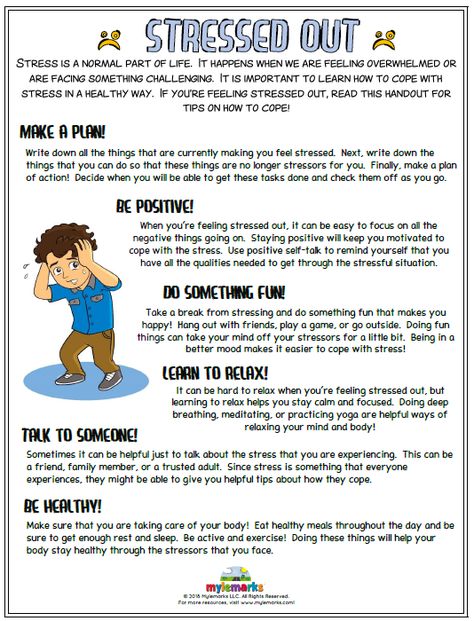
Education Requirements
While child welfare social workers can work in entry level agency positions after receiving their bachelor’s in social work, many employers prefer individuals who wish to progress to higher or more involved roles to have a master’s in social work (MSW) from a CSWE-accredited institution, with a focus on children and families, according to the NASW Standards for Social Work Practice in Child Welfare (PDF, 138 KB). During their MSW program, students interested in child welfare should seek internships in relevant settings (such as a family welfare agency), and take courses in clinical social work methods, family dynamics, child development, poverty, and/or disadvantaged populations. Social workers who want graduate level training for child welfare social work positions should explore state-funded scholarships for MSW students focusing on child welfare.
Salary
The mean annual wage for child, family and school social workers is $52,370, according to the Bureau of Labor Statistics.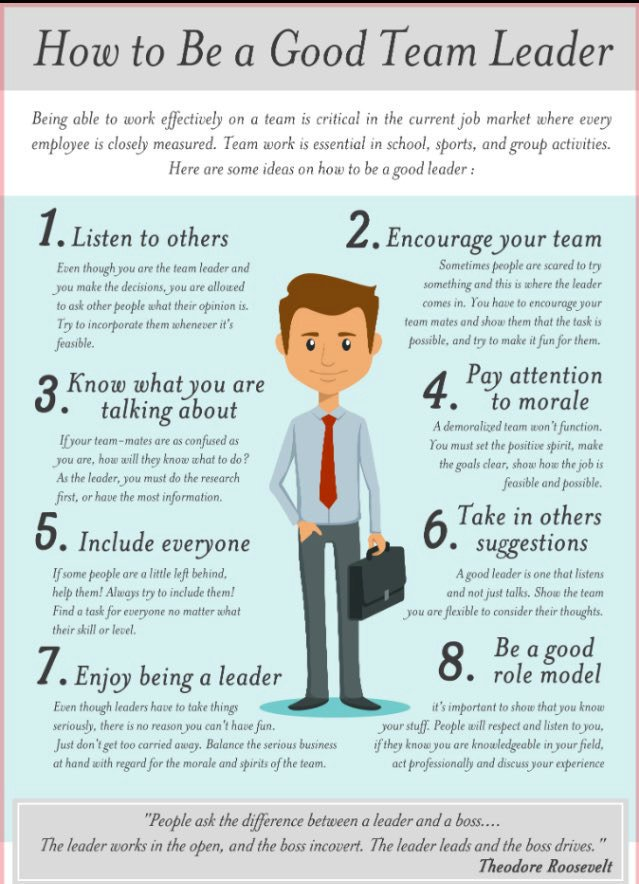 The typical salary range for professionals in this field is $32,300 to $80,290. Social workers who work for local governments earn a mean annual wage of $58,350 while state government employees earn $52,000 and social workers in individual and family services earn $45,360. Top paying states for this occupation include the District of Columbia, New Jersey, Connecticut, Rhode Island and Maryland.
The typical salary range for professionals in this field is $32,300 to $80,290. Social workers who work for local governments earn a mean annual wage of $58,350 while state government employees earn $52,000 and social workers in individual and family services earn $45,360. Top paying states for this occupation include the District of Columbia, New Jersey, Connecticut, Rhode Island and Maryland.
According to NASW standards for practice, the requirements for professionals who want to work in child welfare vary by state, but can include:
- Complete a bachelor’s or master’s degree in social work from a CSWE-accredited college or university.
- Gain experience through a child welfare-related internship or field placement.
- Pass the appropriate licensing exams and apply for state licensure.
- Complete continuing education requirements to retain licensure.
Sasha Chelsea McGowan, MSW, who works as a continuing services social worker in Contra Costa County, California, advised social work students to take classes that help them understand the populations involved in the child welfare system and how to address their needs. “I highly recommend that MSW students take an elective class on the history of social work in the United States, as the history of racial and socioeconomic oppression still runs strong in many of our impoverished and marginalized communities,” she said. “I also recommend taking any child welfare-specific classes offered that will go over safety planning, risk assessment, and the convoluted court system. A good basis in risk assessment, defining harm and danger to children, and how to make impartial decisions on extremely inflammatory subjects is key. We hire many individuals without specific child welfare training if they are able to master these tools.”
“I highly recommend that MSW students take an elective class on the history of social work in the United States, as the history of racial and socioeconomic oppression still runs strong in many of our impoverished and marginalized communities,” she said. “I also recommend taking any child welfare-specific classes offered that will go over safety planning, risk assessment, and the convoluted court system. A good basis in risk assessment, defining harm and danger to children, and how to make impartial decisions on extremely inflammatory subjects is key. We hire many individuals without specific child welfare training if they are able to master these tools.”
Field internships in settings that serve vulnerable children and families are also important. “I do recommend that students do an internship at a foster family agency if they are considering this field, because this job is not for everyone. […] If it is not possible to get an internship in the field, I would recommend getting experience at a group home, and/or shelter,” she said.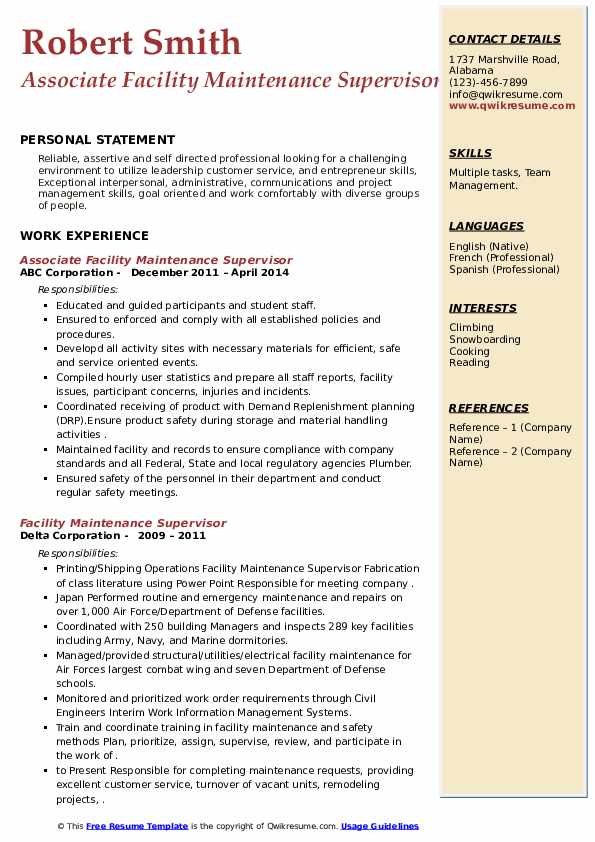
“A person interested in the position also needs to understand that they might have to wear different hats at times,” she added. “The responsibilities of this job vary from sometimes being an admin (answering phones and filing paperwork), to being a transporter, supervising visits, counseling clients and families, and writing reports and progress notes.”
For MSW students who are not placed in child welfare agencies during their internships, or for social work professionals who want to transition to this field, volunteer work can provide useful skills and experience. “There are many opportunities to volunteer with foster youth, and many job opportunities at lower levels enable people to work with these youth directly,” McGowan said. “Group homes are a good look into the intensity of trauma and reactivity that foster children can experience when deprived of stability. Additionally, there are critical county programs that are often looking for volunteers – the most significant of which is the CASA program (court appointed special advocate). ”
”
An important benefit of pursuing child welfare social work during an MSW program is the opportunity to apply for government scholarships for people wishing to enter the helping professions. For example, the Title IV E Stipend Program is a federally funded program composed of a national consortium of social work and public service schools that offer financial support to students and working professionals who pursue degrees or training in public child welfare. The amount that students can receive through this program depends on the degree they are pursuing (BSW vs. MSW vs. professional training or continuing education) and their state of residence, but several of the social work students we interviewed highly recommend applying for benefits through this program.
“I would recommend that people be admitted under Title IVE concentration,” noted Katie Krause, MSW, who works for Contra Costa County Children and Family Services in California. “This concentration specifically prepares you for work in child welfare. I felt very prepared for my job as a result of my classes and internships. My 2nd-year internship was basically like a trial job. A lot of things are the same in each county, so it is pretty easy to transition between counties and units. In the title IVE concentration you are required to intern in child welfare.”
I felt very prepared for my job as a result of my classes and internships. My 2nd-year internship was basically like a trial job. A lot of things are the same in each county, so it is pretty easy to transition between counties and units. In the title IVE concentration you are required to intern in child welfare.”
Through solid academic preparation, internships, and volunteer work, child welfare social workers can build a rewarding career devoted to protecting the safety and well-being of children while also giving their parents the support and compassion they need to make positive changes. Furthermore, by building strong social and collegial support systems at the beginning of their profession, practicing self-care on a regular basis, and maintaining an appreciation for the positive impact they have on families at the individual and larger systemic level, child welfare social workers can sustain energy and derive deep gratification from their accomplishments.
Case Western Reserve University
Earn Your Master’s in Social Work Online at CWRU
infoIn as few as a year and a half, you can prepare for social work leadership by earning your Master of Social Work online from Case Western Reserve University’s school of social work.
- CSWE-accredited
- No GRE requirement
- Complete in as few as one and a half years
Child welfare social workers can work for Child Protective Services and/or child welfare agencies at the county and state levels. There are often several different types of child welfare social workers on a given team that collaborate to identify and respond to cases of child abuse and neglect. Some of these are “front-end” social workers (also known as emergency response social workers), meaning they investigate incidents of child abuse and neglect at the site (often the child’s home), and will also return to remove children from abusive or insufficient care.
In contrast, “back-end” social workers (also known as continuing services social workers) work with children and their families after the child has been removed from his/her original home, to address the barriers the parents (or caretakers) are experiencing to provide their child(ren) with a minimum standard of care at home. Back-end social workers interact with child dependency courts to arrange for alternative living situations (foster families, adoption, and/or living with family members) for children whose parents are unable to properly care for them, and also set goals, benchmarks and deadlines for parents to meet before their children can be returned to them. Back-end social workers also work with foster families, adoptive parents and community organizations and resources to create and maintain a support system for vulnerable children.
Back-end social workers interact with child dependency courts to arrange for alternative living situations (foster families, adoption, and/or living with family members) for children whose parents are unable to properly care for them, and also set goals, benchmarks and deadlines for parents to meet before their children can be returned to them. Back-end social workers also work with foster families, adoptive parents and community organizations and resources to create and maintain a support system for vulnerable children.
Due to limited resources and staffing, some child welfare social workers may move between emergency/first response duties and continuing services, or fulfill both types of responsibilities simultaneously, depending on their availability and the needs of the agency.
Emergency First Responder (“Front-End”) Social Workers
First responder social workers, as their title indicates, are often the first individuals to respond to cases of child abuse and/or neglect. Child welfare agencies will often receive notifications from concerned members of the public about households with children who may not be receiving sufficient care. First responder social workers investigate these allegations of abuse or neglect and evaluate the situation. If maltreatment is discovered, emergency first responder social workers typically open a child welfare case, contact Child Protective Services to have a child removed and placed in the care of the Child Dependency Court, and document the evidence of maltreatment in reports for the courts and for back-end social workers who take on the case after the child’s removal from his/her home.
Child welfare agencies will often receive notifications from concerned members of the public about households with children who may not be receiving sufficient care. First responder social workers investigate these allegations of abuse or neglect and evaluate the situation. If maltreatment is discovered, emergency first responder social workers typically open a child welfare case, contact Child Protective Services to have a child removed and placed in the care of the Child Dependency Court, and document the evidence of maltreatment in reports for the courts and for back-end social workers who take on the case after the child’s removal from his/her home.
McGowan explained the general standards for adequate parental care in the context of child welfare services. “In the child welfare field, we are focused on one thing – minimum sufficient level of care,” she explained, “This is the community based (and judicially supported) standard of care that we require families to provide for their children in regards to their physical, emotional and developmental needs.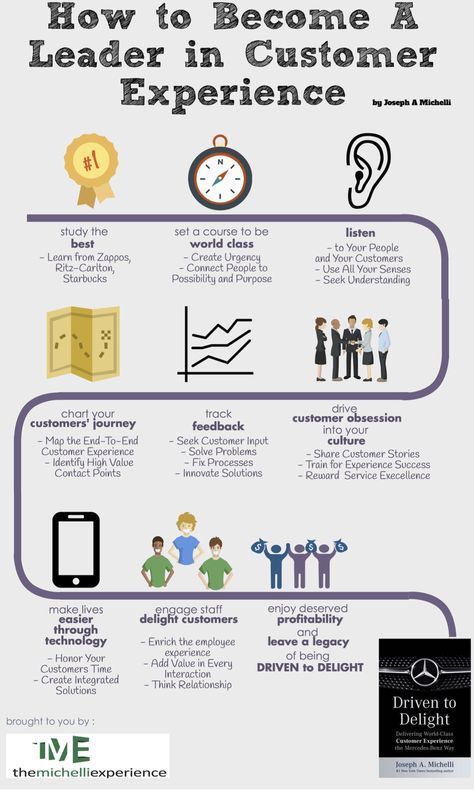 ”
”
McGowan noted that “minimum sufficient” is distinct from “ideal” or even “good” parenting – the child welfare social worker’s main concern is to ensure that children are reasonably safe, provided for in all essential areas (food, hygiene, schooling, medical and dental care, emotional well-being, etc.). In addition, the definition of minimum sufficient level of care can differ from community to community, as different counties will have different regulations around child care and neglect, expectations for school attendance, etc.
“To determine if a family is meeting this minimum standard [of care], we ask three questions,” she said. “Is the family providing for their child’s basic needs? Is the parent’s parenting practice, such as with physical discipline, within our community standard or outside of it? Does the parent’s behavior fall within reasonable limits, as judged by that same community?” If the response to these questions is no, then first responder social workers typically begin the process of opening a case and seeking to remove the abused or neglected children from their parents’ care.
Continuing Services (‘Back-End’) Social Worker
Once a child is placed in the care of the Child Dependency Court, back-end social workers take over the case. “[Continuing services social workers continue] to investigate to clarify the allegations of maltreatment and develop a case plan composed of services and behavioral change necessary to return a child to the care of a parent,” McGowan told OnlineMSWPrograms.com. Types of behavioral changes social workers might include in a family’s case plan could include parents’ cessation of physical and/or verbal abuse; elimination of substance abuse behaviors; addressing of physical, medical/dental, emotional, or academic neglect, and proper supervision behaviors.
After the development of a case plan that incorporates behavioral changes for the parents and ways to support the parents in making these changes, continuing services social workers monitor the family’s case and provide emotional support, advising, and resource connections throughout the process. Services and support that social workers might recruit to assist children and their parents include counseling and psychotherapy; guidance on how to apply for health care benefits, food stamps, etc.; and connections to supportive groups within the community (substance abuse therapy groups, educational resources, etc.). Continuing services social workers also report on the family’s progress to the Dependency Court, and update families on the status of their case in relation to the court.
Services and support that social workers might recruit to assist children and their parents include counseling and psychotherapy; guidance on how to apply for health care benefits, food stamps, etc.; and connections to supportive groups within the community (substance abuse therapy groups, educational resources, etc.). Continuing services social workers also report on the family’s progress to the Dependency Court, and update families on the status of their case in relation to the court.
Damoun Bozorgzadarbab, MSW, who worked as a family services social worker and an emergency response children social worker at Los Angeles County Child Protective Services, explained that, while social workers are invested in parents’ progress, and in the reunification of the original family, their first and foremost priority is the safety of children. “The roles and responsibilities of child welfare social workers is first to keep children safe, then to assure their well-being and do both of those things while making sure they have a chance at permanent families,” she said, “So while child welfare social workers link parents to all the providers who help address their issues to mitigate safety and risk (therapists, day care providers, substance use treatment program) they are also reporting to the courts on the progress of the parents. ” If, after a period of time, parents are unable to meet the standards outlined in the case plan, continuing services social workers also start working on a plan for long-term foster care or adoption.
” If, after a period of time, parents are unable to meet the standards outlined in the case plan, continuing services social workers also start working on a plan for long-term foster care or adoption.
Due to the many responsibilities that back-end social workers have upon the opening of a child welfare case (i.e. in-depth investigation of child maltreatment allegations, development of case plan with behavioral changes for parents, continued monitoring of parents’ progress, and development of a long-term foster care or adoption plan if necessary), some child welfare agencies have different units of back-end social workers that focus on a specific area of continuing services. “[There] are specialized units that address the needs of children who are not able to reunite with their family of origin,” McGowan said. “In continuing services, I work with children younger than the age of 16 who were not able to reunify with their parents, and at age 16 they transfer to ‘transitions to permanency’ where a social worker with special training will work with them on skills for independence and transitioning to adulthood. ”
”
As mentioned previously, child welfare social workers’ specific responsibilities depend on whether they are working front-end or back-end roles at their agency. However, in general, the core responsibilities of child welfare social workers are:
Investigative Work (in Collaboration with CPS and Dependency Court)
Both first responder and continuing services social workers investigate instances of child maltreatment and evaluate children’s situations against an established minimum standard. The minimum sufficient level of care (MSLC) (PDF, 85 KB) is typically determined through a combination of state, federal, and community standards, as well as each family’s unique circumstances. Specific items that child welfare social workers look at include whether children are safe; provided for in terms of food, clothing, and shelter; are able to attend school; are not being subjected to physical, emotional/verbal, or sexual abuse; and are not suffering from neglect.
When investigating cases of child maltreatment, child welfare social workers collaborate with Child Protective Services and the Juvenile Dependency Court, which is a specialized court that handles solely child welfare cases.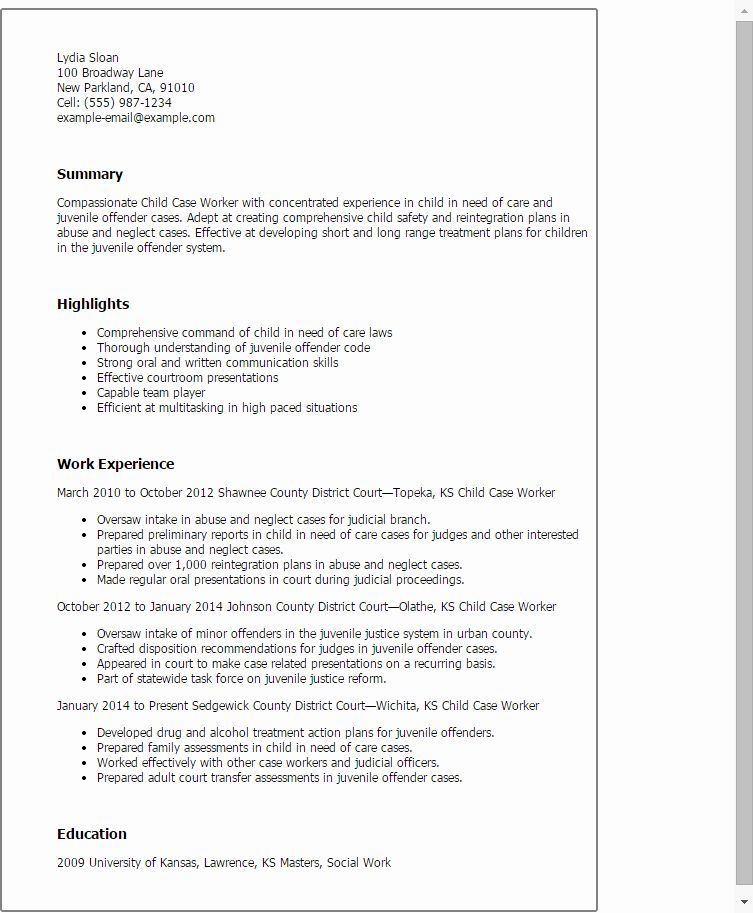 “Child welfare has its own court system, the Juvenile Dependency Court,” said Krause. “This is completely separate from criminal court. … Social workers in all units will interact with dependency court judges as we frequently write reports. Social workers can be called to testify when parents contest the allegations or judge’s decision. Each party (parents, kids, social worker) is represented by an attorney in court. Our attorneys are called county counsel and they represent all social workers in the county.”
“Child welfare has its own court system, the Juvenile Dependency Court,” said Krause. “This is completely separate from criminal court. … Social workers in all units will interact with dependency court judges as we frequently write reports. Social workers can be called to testify when parents contest the allegations or judge’s decision. Each party (parents, kids, social worker) is represented by an attorney in court. Our attorneys are called county counsel and they represent all social workers in the county.”
Case Plan Development
Once a child maltreatment is confirmed, child welfare social workers collaborate with Child Protective Services, behavioral therapists, case managers, agency staff, school administrators and teachers, and other relevant members of the community to develop an individualized case plan for the child and his/her parents. The case plan mainly focuses on the changes that parents need to make to regain custody of their children and can have several different elements.
“A case plan could include things such as: anger management, domestic violence support group and education, counseling, couple’s counseling, family counseling, parenting classes, drug testing, and in patient or outpatient drug programs,” Krause noted, “I refer parents to all of these services. I [also] really try to explain to families what is going on as best as I can since the attorneys don’t really do that. I try to encourage them and draw on their strengths rather than only seeing the problems. I like to see the big picture and really get to know the family.”
Case plans usually have certain deadlines for behavioral changes that parents must meet, and these deadlines can be stringent. “A huge barrier for our families is the court timelines. If your child is under 3 years old, parents have only six months to address the issues leading to CPS involvement before we move towards an alternative permanency option for the child such as adoption. This is also why we concurrently plan, and place infants primarily with family members or potentially adoptive parents,” McGowan explained.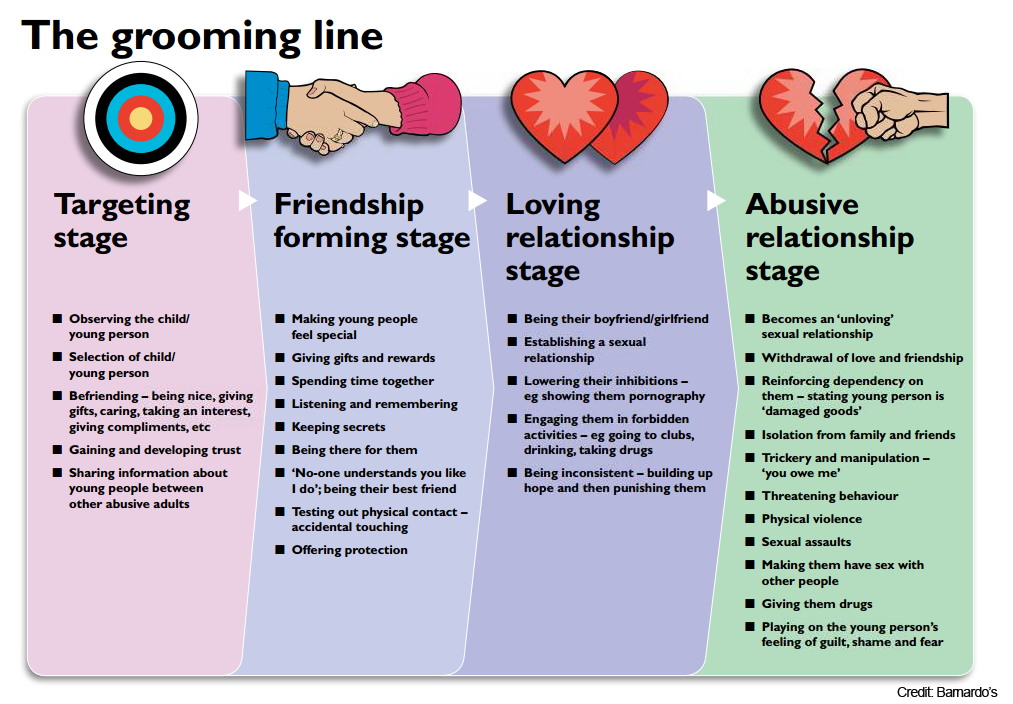 “This is based on the negative outcomes of children spending years in foster care without consistent caregivers in early childhood. With children over 3, parents have 12 months.”
“This is based on the negative outcomes of children spending years in foster care without consistent caregivers in early childhood. With children over 3, parents have 12 months.”
Counseling and Psychotherapy
Child welfare social workers can provide emotional counseling and, in some cases, targeted but often short-term psychotherapy to children and their parents. The separation of a family is a traumatic experience for both child and parent, and child welfare social workers help both parties manage the difficult emotions around the separation, and to move toward a plan of action for reunification. For children in foster homes or adopted children who experience mental, emotional and behavioral issues as a result of their separation from their family, child welfare social workers can offer emotional support and therapy. They might also help parents address the mental and emotional reasons behind the behavioral problems that lead to the maltreatment of their child (substance abuse, neglect, domestic abuse, etc.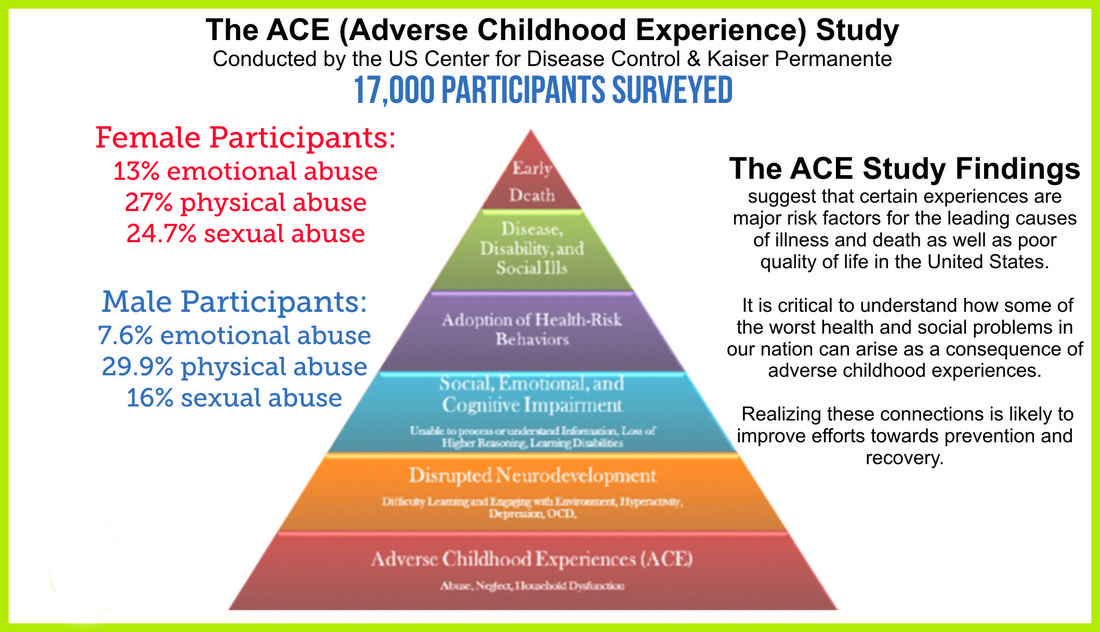 ).
).
“Every child that comes into contact with our system is assessed for therapy and additional mental health services,” Krause noted, “Almost all of the children who are removed from their parents participate in some sort of therapy. We also have a number of children with diagnoses that range from PTSD and depression to more complex diagnoses such as schizophrenia and bipolar.”
Coordination of Support Services for Child and Parents
In addition to providing individualized advising and therapy to children and their parents, child welfare social workers communicate with other parties that are concerned about and/or involved in a child’s well-being, including but not limited to school administrators and teachers, behavioral therapists, doctors and nurses, and staff at community centers. Maggie Olivares, ASW, who works as an agency social worker at EMQFamiliesFirst in Stockton, California, explained to OnlineMSWPrograms.com the many different people and organizations she collaborates with to help clients. “[Agency social workers at EMQFF] work with other individuals such as child protective services social workers, probation officers, teachers, therapists, mental health resources specialists, family specialists, TBS and WRAP, and mental health workers,” she said.
“[Agency social workers at EMQFF] work with other individuals such as child protective services social workers, probation officers, teachers, therapists, mental health resources specialists, family specialists, TBS and WRAP, and mental health workers,” she said.
The aforementioned service providers meet periodically with the family and independent of the family to create, evaluate, and modify the reunification plan. “When a client has various services from different agencies, we hold meetings to discuss the services and treatment goals and objectives,” Olivares explained. “These meetings included Individualized Education Plans (IEPs), child and family team (CFT) meetings, WRAP meetings, and/or team decision meetings (TDMs). During these meetings we discuss each person’s role and task. Each individual meets the needs of the client and family in different ways depending on what role they have.” Below is a more detailed description of some of the collaborative services, programs, and meetings that child welfare social workers participate in with other human service providers.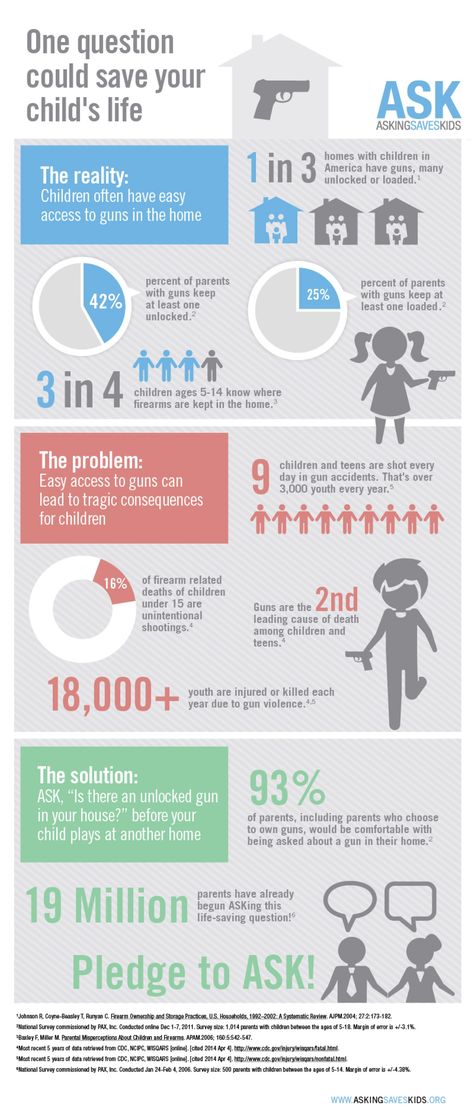
- Wraparound Services (WRAP): Wraparound services are defined as community based, individualized, and comprehensive mental, emotional, behavioral and social services and support for people in need, such as vulnerable children and their parents. Wraparound services encompass an individual’s social, emotional, health, academic, and (where relevant) occupational needs, and recruit multiple providers from within the community (teachers, behavioral therapists, social workers, medical professionals, etc.).
- Child and Family Team (CFT) Meetings: CFT meetings are between children, parents, and human service providers, during which both parents and their children set goals for making the necessary changes to successfully reunify, and providers work with the family to construct a plan for meeting these goals. Providers also offer resources and support to assist the family in meeting their goals by established deadlines.
- Individualized Education Programs (IEPs): IEPs are developed primarily by school personnel (such as teachers, counselors and school social workers) in response to the needs of specific children who are not performing well at school for mental, emotional, behavioral, familial and/or social reasons.
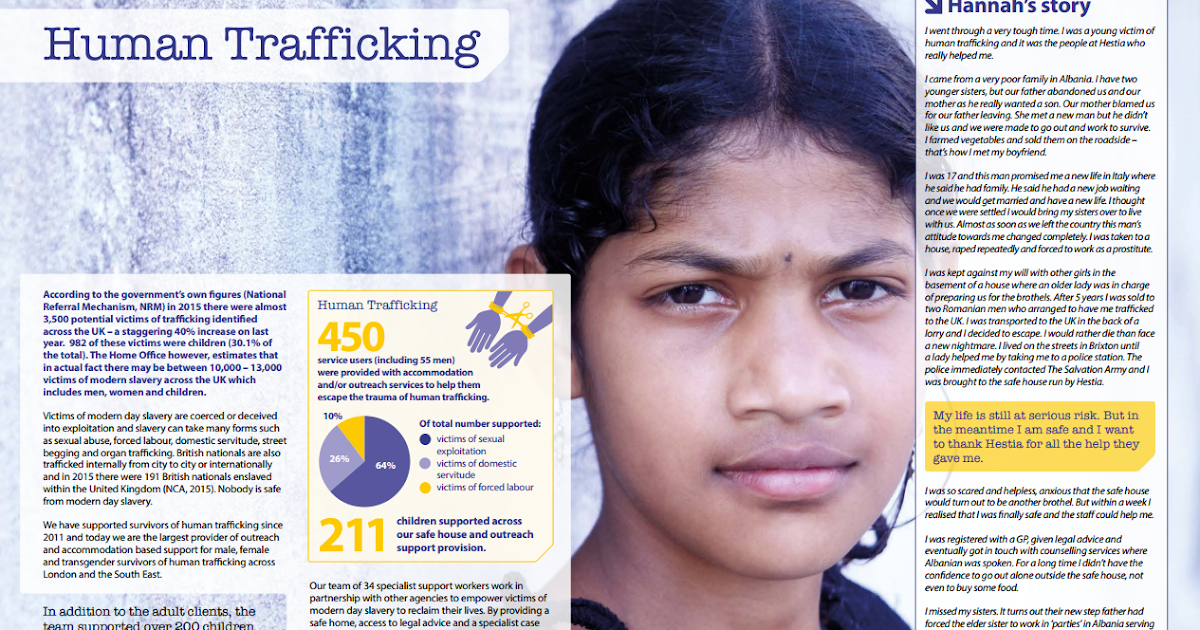 Child welfare social workers may participate in the development or maintenance of these plans in cases when child abuse or neglect are factors in a child not meeting certain academic standards.
Child welfare social workers may participate in the development or maintenance of these plans in cases when child abuse or neglect are factors in a child not meeting certain academic standards. - Team Decision Meetings (TDMs): These meetings are held between different social service providers before every key decision in a child’s case (placing a child in a foster home or with an adopted family, reuniting children with their families, etc.). During these meetings, providers develop an appropriate course of action given the family’s circumstances and progress (if applicable), evaluate the benefits and risks of this course of action, and update one another on the progress of a family.
Resource Connections and Navigation Services
While child welfare social workers can provide mental health counseling and therapy, their main role is as a care coordinator and an evaluator of children’s mental, emotional, academic, and social needs. Furthermore, though they work closely with families in need, child welfare social workers’ interactions with their clients is necessarily limited, and thus part of their job is creating as comprehensive a support system as possible for children and parents by coordinating services from various community resources.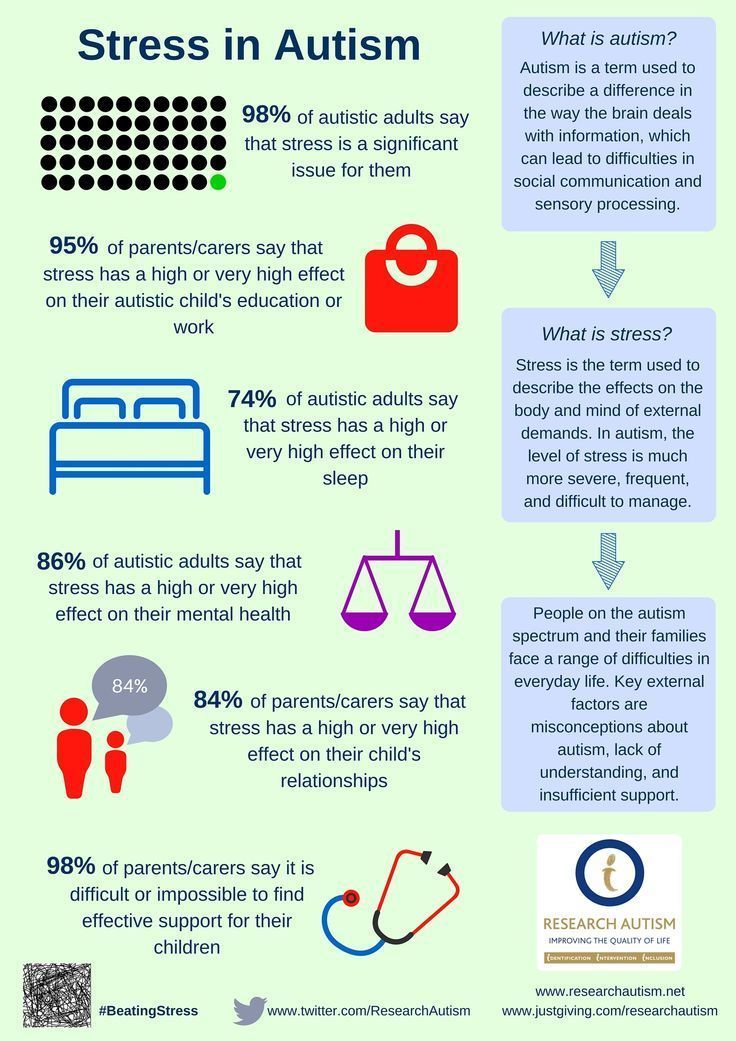
In her interview with OnlineMSWPrograms.com, Krause explained how one of her core responsibilities is assessing and then meeting the needs of children and families through resource coordination. “As a social worker, I assess each child [in the areas of emotional, mental, developmental, and social well-being]. We refer for mental health services, behavior support services, tutoring, extracurricular activities to work on social skills, and developmental assessments through the regional center,” she said. “I also act as the ‘broker’ and make sure that all service providers are communicating.”
Examples of such resources include but are not limited to after-school programs and tutoring, parent support groups, centers that provide subsidized food and clothing, individual counseling, community health clinics, emotional regulation and stress reduction groups, and substance abuse support groups.
Child welfare social work is a very challenging field that can be physically draining and emotionally taxing. Child welfare social workers cite limited resources, grueling schedules, the emotional ramifications of witnessing and supporting people through trauma, and the pressure of families’ well-being resting on their shoulders as being definite challenges in their line of work.
Child welfare social workers cite limited resources, grueling schedules, the emotional ramifications of witnessing and supporting people through trauma, and the pressure of families’ well-being resting on their shoulders as being definite challenges in their line of work.
As simultaneous investigators, counselors, child and parent advocates, and care coordinators, child welfare social workers may find themselves being pulled in many different directions. Olivares described the varied and intensive responsibilities that child welfare social workers must balance on a daily basis. “This job is not an 8 a.m.-5 p.m. type of job and many times we work after hours and need to be flexible with our schedule. As a social worker there are a lot of responsibilities from completing reports and progress notes, transporting clients, coordinating and supervising visits, and collecting and filing all paperwork. We are responsible for keeping family and client files up to date, and completing walk-throughs and home visits,” she explained.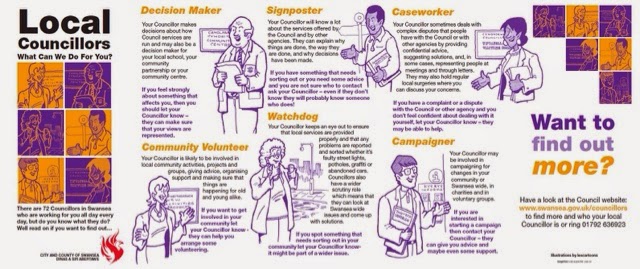 “We also have to respond to crises and attend and coordinate meetings and assure services are being completed.”
“We also have to respond to crises and attend and coordinate meetings and assure services are being completed.”
Managing the interests and feelings of both child(ren) and parents and connecting emotionally with both parties can also prove difficult for social workers when children are unable to return to their parents. “It is heartbreaking to have to recommend that a child not be returned to their parents. I hate having to tell parents that they are not making enough changes and that I do not feel their child is safe with them. It is also tough to see what being torn apart does to families,” Krause said. “I firmly believe that most children belong with their parents in the long run. We regularly deal with challenges related to complicated court timelines, large caseloads, having to communicate with many service providers, and traveling out of county/state to see kids who are placed elsewhere.”
Bozorgzadarbab explained how the child welfare system’s prioritization of children’s safety and well-being is important, but also means that parents’ interests and background do not take precedence when deciding where their child is ultimately placed.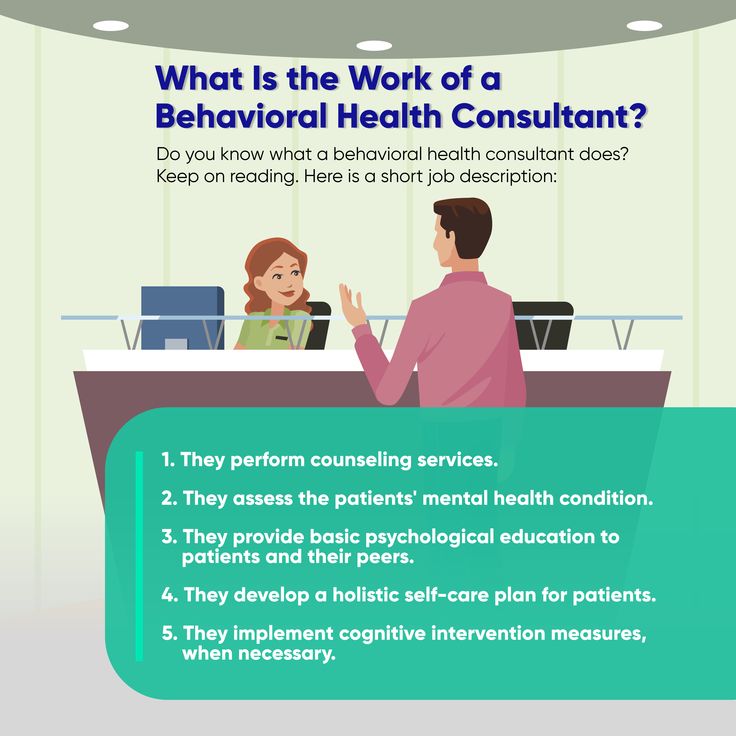 “Parents who already have trauma in their history, mental illness and/or substance use and feel disempowered/marginalized, will now have to prove their ability to safely parent to a seemingly impersonal and all-powerful system,” she said. “The failures of the parents may be clinically understandable given the complex issues they have to face, but in a system where children have to be protected above all, these failures are not easily forgiven. Children could be well on their way to adoption before their parents can successfully remove safety concerns.”
“Parents who already have trauma in their history, mental illness and/or substance use and feel disempowered/marginalized, will now have to prove their ability to safely parent to a seemingly impersonal and all-powerful system,” she said. “The failures of the parents may be clinically understandable given the complex issues they have to face, but in a system where children have to be protected above all, these failures are not easily forgiven. Children could be well on their way to adoption before their parents can successfully remove safety concerns.”
Olivares told OnlineMSWPrograms.com how her clients’ past and present hardships can be challenging to witness. “As a social worker we work with clients who come from unfortunate and sad circumstances. All the clients have been taken away from their birth families and most have a lot of needs. Learning about their stories is always difficult to hear,” she said. Olivares also noted that placing children in foster homes and/or with adopted families can lead to complicated and at times emotionally difficult situations for all parties involved.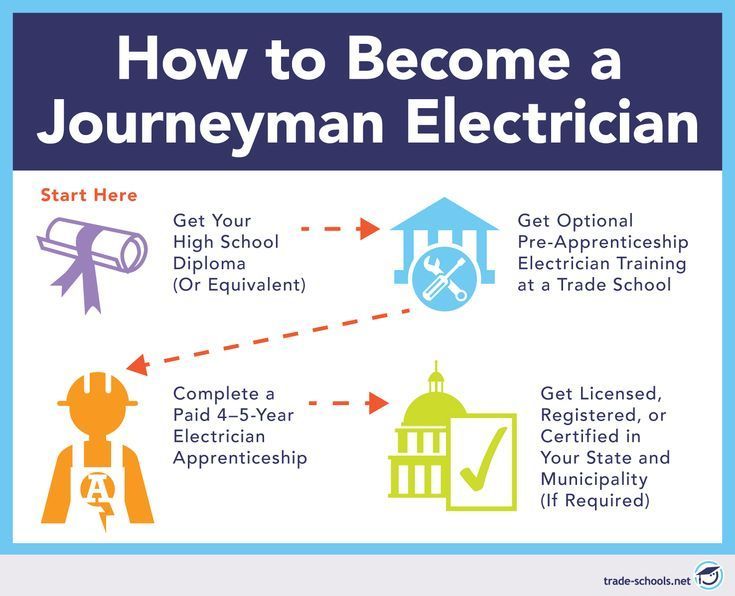 “The hardest part of this job is when clients sabotage good homes because they test limits and can’t trust,” she said. “It is also hard to see young children build bonds and healthy attachments with foster families and then they are reunified with their birth family. Even though reunification is a positive thing, it’s also hard.”
“The hardest part of this job is when clients sabotage good homes because they test limits and can’t trust,” she said. “It is also hard to see young children build bonds and healthy attachments with foster families and then they are reunified with their birth family. Even though reunification is a positive thing, it’s also hard.”
To manage the aforementioned challenges, child welfare social workers urge social work students and professionals interested in this field to commit to self-care early and consistently. “[You] HAVE TO respect your limitations and engage in self-care,” Bozorgzadarbab said. “I can’t emphasize enough that you need ways to increase your emotional capacity for your own sake, for the sake of your loved ones and even for the sake of your clients. If your emotional and empathic abilities are depleted, unhappiness and isolation is a likely result and eventually making poor decisions at work follows–which in the case of CPS work can be devastatingly costly to a child.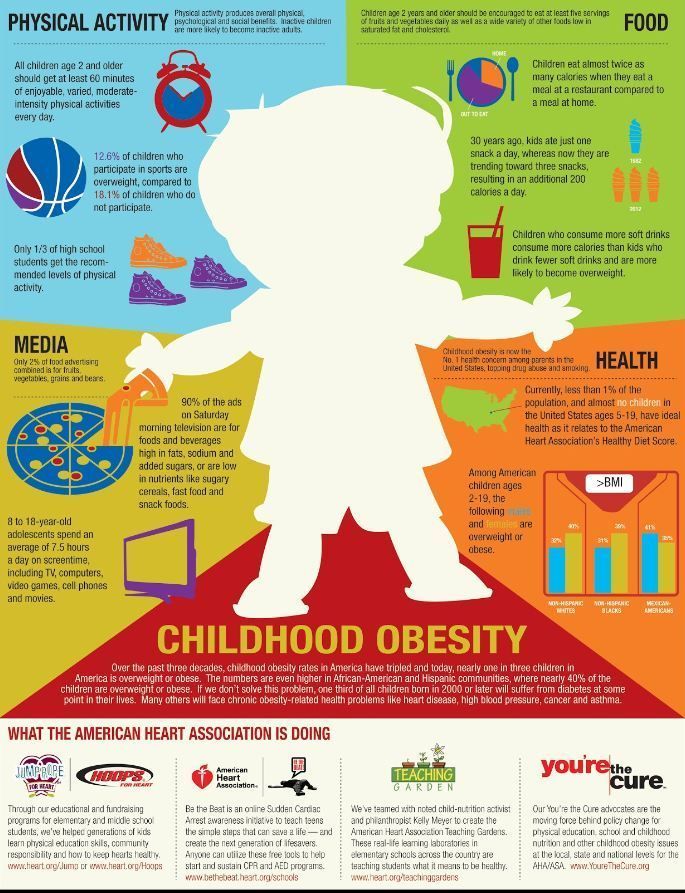 ”
”
Bozorgzadarbab also explained how professionals in this field should work to build and maintain a strong support system of colleagues across the different disciplines that collaborate on a given family’s case (i.e. school staff, health care professionals, behavioral therapists, attorneys, etc.). “An attitude of appreciation for teamwork and respect for other professionals outside child welfare can go a long way,” she said. “The stressed out nurse at the hospital who’s short with you will also be your savior when the time comes. The police officer you may have just offended is the person you’ll need to rely on another day to safely transport your suicidal minor client. … I can give countless examples of why teamwork can save your career, but the bottom line is you can’t do good work by yourself so cultivate relationships to help positively impact the outcome for your minor clients and help your own sanity too.”
McGowan similarly emphasized the importance of a positive outlook and building a strong community of colleagues in staying motivated and fulfilled at work. “We set our own tone for our work, and with a supportive supervisor and a county aimed towards the future, we have the ability to do an enormous amount of good for our community.”
“We set our own tone for our work, and with a supportive supervisor and a county aimed towards the future, we have the ability to do an enormous amount of good for our community.”
Though their work is often stressful, demanding, and fast-paced, many child welfare social workers feel that the challenges are equally balanced with the rewards, and that the gratification they receive from their daily work is in fact inseparable from the difficulties of their work.
“Overall, my work is incredibly rewarding, Krause said. “Although it is an uphill battle, I develop pretty good relationships with my families. I get to see the progress they make and see how their lives change for the better. … I also try to be timely, responsive and compassionate, as I understand that my job is incredibly important. We are dealing with real people and make important recommendations about whether or not children can safely be with their parents. That is huge.”
Olivares explained to OnlineMSWPrograms.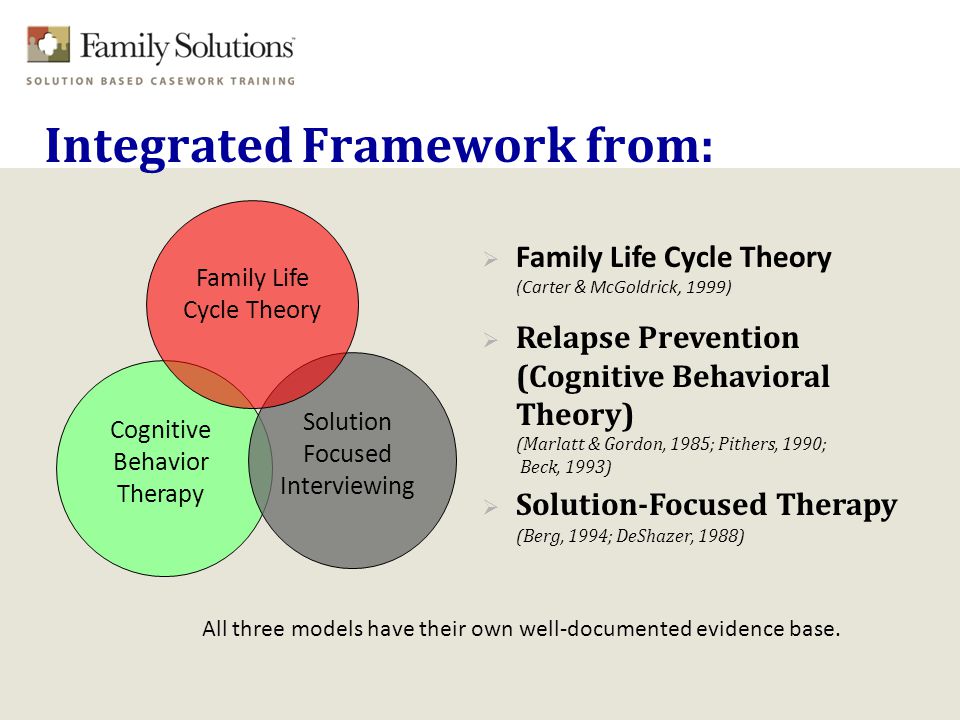 com how seeing the positive progress her clients make has helped her maintain energy in her role. “I’ve been in my position for over 15 years and although I have had other job opportunities to move up in my position and leave foster care. I’ve chosen to remain in foster care and stay in my current position,” she said. “Although the job has many challenges, I overall enjoy doing what I do. This job does not get boring and every day I am doing something different. My favorite part has been seeing the potential of the clients with whom I work. It is also rewarding to see them thrive and overcome challenges. I have emancipated several youths from foster care, and it is very exciting to see them leave the system, go on to college and become successful. I especially enjoy working closely with the clients; assisting them in life-long goals and helping them meet their goals.”
com how seeing the positive progress her clients make has helped her maintain energy in her role. “I’ve been in my position for over 15 years and although I have had other job opportunities to move up in my position and leave foster care. I’ve chosen to remain in foster care and stay in my current position,” she said. “Although the job has many challenges, I overall enjoy doing what I do. This job does not get boring and every day I am doing something different. My favorite part has been seeing the potential of the clients with whom I work. It is also rewarding to see them thrive and overcome challenges. I have emancipated several youths from foster care, and it is very exciting to see them leave the system, go on to college and become successful. I especially enjoy working closely with the clients; assisting them in life-long goals and helping them meet their goals.”
Child welfare social workers may also find deep rewards in being advocates for parents, regardless of whether or not they succeed in their goal of reunification. Bozorgzadarbab explained how her job has given her many opportunities to empower parents and provide them with support, dignity and compassion during a very difficult time. “There are too many examples to list when I felt honored and humbled, be it by my coworkers or my clients. Two that stand out are: when a mother who had originally fought me on the removal of her five children thanked me for ‘saving’ them and told every social worker who came after me about the respect and dignity that I had shown her family,” she recalled. “I also felt rewarded when I stood up for cultural differences in an immigrant family and advocated hard for them to receive the agency’s educational resources instead of having to experience the removal of their child from their care.”
Bozorgzadarbab explained how her job has given her many opportunities to empower parents and provide them with support, dignity and compassion during a very difficult time. “There are too many examples to list when I felt honored and humbled, be it by my coworkers or my clients. Two that stand out are: when a mother who had originally fought me on the removal of her five children thanked me for ‘saving’ them and told every social worker who came after me about the respect and dignity that I had shown her family,” she recalled. “I also felt rewarded when I stood up for cultural differences in an immigrant family and advocated hard for them to receive the agency’s educational resources instead of having to experience the removal of their child from their care.”
How to Become a Child Social Worker in 2023
The guide will outline what a child social worker does and how to pursue this career, as well as information that potential child social workers will want to know, such as salary ranges, the required skills and knowledge, and the overall job outlook for social workers in this field.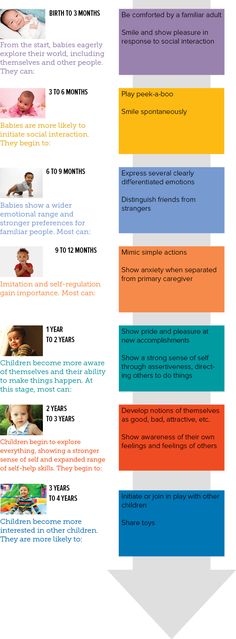
Child social workers focus on assisting children, youth, and their families. Many child social workers are employed in child welfare positions. Other social workers in this field focus on providing mental health counseling to children, youth, and families.
In the child welfare context, social workers are employed in governments and nonprofits and play a critical role in protecting neglected, abused, or at-risk children. They may investigate and respond to children in need or provide support to particular groups of children, such as foster children or homeless youth.
According to the NASW, “child welfare social workers specialize in building upon the strengths within a family and their community to help provide a safe and loving environment for children.”
More broadly, child social workers also include many mental health professionals who focus on helping children, youth, and their families. These individuals often possess a masters in social work and focus on therapeutic support. This could include specialization in certain techniques for children, such as play therapy, or in a particular condition more common in children, such as Attention Deficit Hyperactivity Disorder. These child social workers are employed in government agencies, nonprofits, hospitals, and private practice.
This could include specialization in certain techniques for children, such as play therapy, or in a particular condition more common in children, such as Attention Deficit Hyperactivity Disorder. These child social workers are employed in government agencies, nonprofits, hospitals, and private practice.
When considering this profession there is some important information to keep in mind.
- Obtain a bachelor’s degree most child social workers possess a bachelor’s degree in social work (BSW) and child welfare workers should consider programs with Title IV-E funding opportunities. Some child social workers hold bachelor’s degrees in a related field, such as early childhood education, human development or psychology. Some entry level child welfare positions are available for those with bachelor’s degrees.
- Gain experience BSW and MSW students often gain experience working with children or in child welfare settings through internships or field placements.
 Many social work students also gain critical experience through coursework in areas such as social welfare and child development.
Many social work students also gain critical experience through coursework in areas such as social welfare and child development. - Pursue a master’s degree to work in clinical settings or capacities, such as therapists, child social workers will need to possess a MSW. Even for child welfare positions in which a masters is not required, MSWs are paid more than BSWs and are qualified for a wider range of positions. Those considering child welfare positions may want to explore Title IV-E funding opportunities to defray MSW costs.
- Earn licensure To work in private practice and in many healthcare positions, licensure as a clinical social worker is required. The specific requirements for clinical licensure vary by state, but generally require at least two years post-MSW experience, passing the ASWB clinical examination, and a specified number of hours of supervision by a licensed social worker. Social workers with clinical licensure earn more and have greater job opportunities.
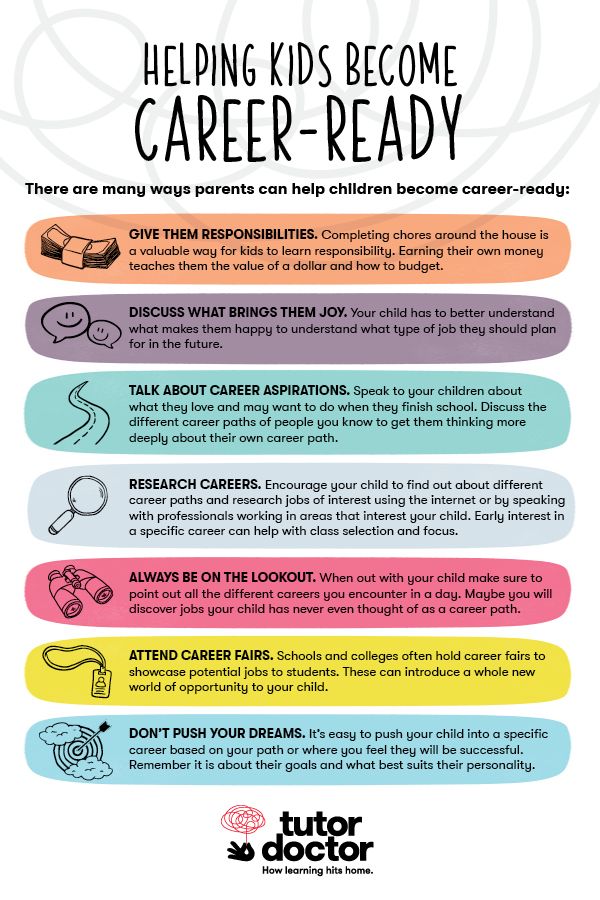
Child social workers are found in a variety of employment settings and provide a critical service for children, youth, and their families. This field is often divided into two main groups — child welfare social work and child, youth and family social work. The duties of child social workers will vary depending on the type of work being performed.
Child welfare workers are often found in child protective services or child welfare agencies and play a critical role in intervening and protecting children from harm. In some instances, child welfare workers are called upon to investigate alleged abuse or neglect and remove children from unsafe situations. This can involve determining whether children are being physically or sexually abused, or neglected, and collaborating with courts, schools, and other agencies to design a case plan.
Child welfare workers also help ensure that at-risk or vulnerable children end up in safe homes. This includes reunification efforts that are centered around helping parents better care for their children, as well as foster or adoptive placements. Child welfare workers also coordinate support that the parents and children may need moving forward. This care can come in a variety of forms, including therapy, educational services, or financial resources.
Child welfare workers also coordinate support that the parents and children may need moving forward. This care can come in a variety of forms, including therapy, educational services, or financial resources.
As part of the US Department of Health and Human Services with responsibility for addressing the needs of America’s children, the Children’s Bureau is a good resource for those interested in child welfare.
Child social workers outside of the child welfare setting also focus on improving the quality of life for children. In addition to abused children or those in the foster system, these social workers assist children and youth with clinical mental health needs (such as PTSD, ADHD, anxiety, etc.). Child, youth and family social workers have an added focus on providing short-term and long-term individual or group therapy for children, youth and their families. These social workers are also found in a range of settings, from hospitals to schools to private practice.
Child, youth and family social workers have special expertise on the mental health needs and functioning of both children and families.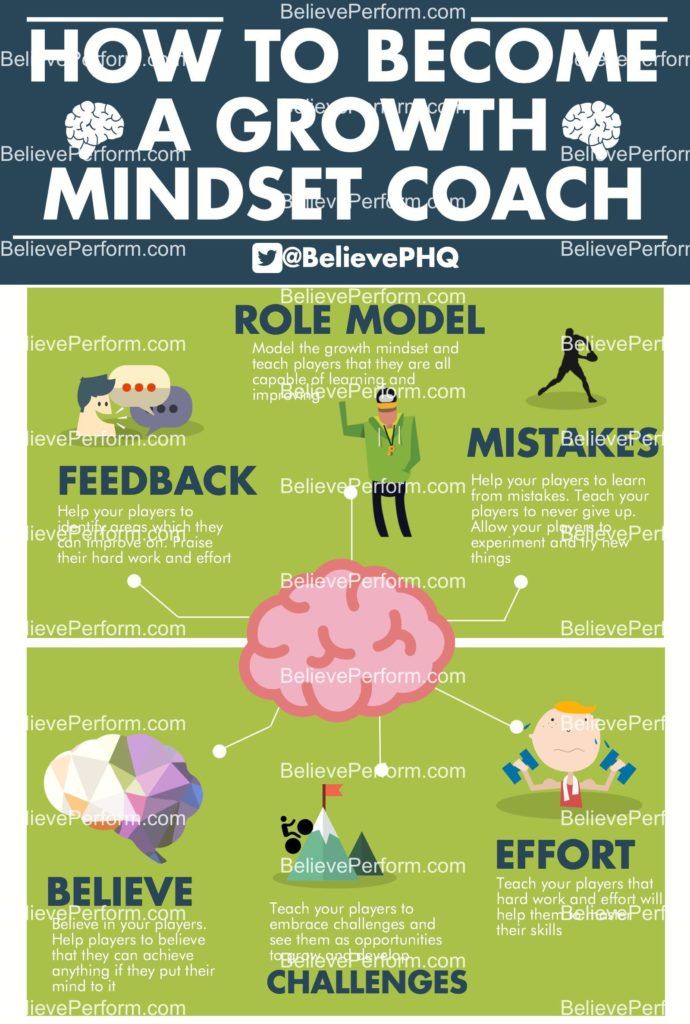 Many will focus on specific treatment models that are adapted to help children, such as TFCBT for children with trauma. Others may focus on specific groups of children, such as those who have been adopted or lost a parent. To ensure the best outcomes, child social workers need to be able to effectively work with families.
Many will focus on specific treatment models that are adapted to help children, such as TFCBT for children with trauma. Others may focus on specific groups of children, such as those who have been adopted or lost a parent. To ensure the best outcomes, child social workers need to be able to effectively work with families.
Educational requirements
- Bachelor’s degree in social work or a related field, such as counseling or psychology, may be sufficient for some entry-level child welfare positions
- Master’s degree in social work can be required for some positions
Background knowledge
- Social service programs and resources available to children, such as Head Start or nutritional assistance programs
- Child abuse and neglect reporting laws and policies
- Child development milestones and impacts of childhood trauma
- Elements of family functioning, systems and dynamics
Skills
- Listening, empathy, and interpersonal skills
- Good organization skills, record-keeping and documentation
- Strong sense of ethics and professionalism
- Ability to engage children and families
- Counseling and clinical mental health skills, including assessment and interventions
- Time management and ability to respond to crises
- Written and oral communication, including advocacy
The NASW’s Standards for Social Work Practice in Child Welfare and Standards for the Practice of Social Work with Adolescents are helpful resources for those wanting to learn more.
As this guide explores, child social workers perform different duties depending on specific job context. Those wanting to learn more about the experiences of child welfare social workers may want to review this NASW report detailing the experiences of social workers from the child welfare specialty practice section.
This hypothetical explores the work of a child, family and youth social worker in a community agency:
A youth has been referred by the juvenile justice system for mandatory treatment after getting into a fight at school. The client is only 11-years old but has already had a life filled with hardship and trauma. In addition to the fight that led to the referral for services, the youth is experimenting with drugs, failing at school, and experiencing mental health struggles.
The child social worker has experience helping prior clients with complex sets of problems. The very first step is engaging the youth in services. The social worker’s professional training has provided preparation for how to use empathy to forge connections with involuntary clients and the expertise necessary to work with children and youth.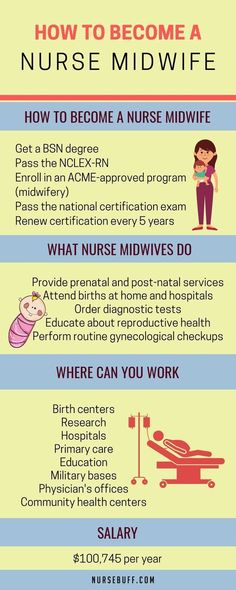
Through the use of the social work person-in-environment perspective, the child therapist is able to understand the connections between the range of issues that are impacting this youth. The social worker recognizes that the physical altercation occurred in the context of a number of stressors related to the home, school and community environments. Ultimately, helping requires attention to these stressors in addition to the behavior that led to the encounter with the juvenile justice system.
The social worker chooses a therapeutic approach that takes into account the youth’s history of trauma, such as a trauma-focused intervention for youth in the juvenile justice system recommended by the National Child Traumatic Stress Network. In addition to individual therapy, the social worker also forges connections with the youth’s teacher and family members. This broader approach allows for educational support and the youth’s parents receive assistance in improving their skills.
The child social worker is called upon when the youth is in crisis.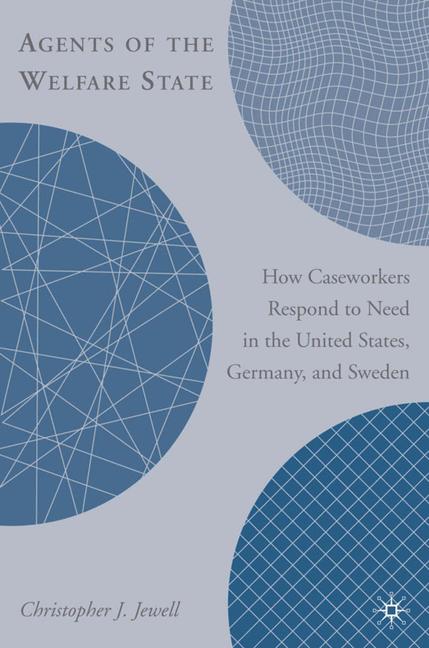 By responding with the right therapeutic approach and an array of resources to address needs beyond the criminal incident, this youth is given an opportunity for a new future. This chance to make a positive change is part of the lasting reward for the child, youth and family social worker.
By responding with the right therapeutic approach and an array of resources to address needs beyond the criminal incident, this youth is given an opportunity for a new future. This chance to make a positive change is part of the lasting reward for the child, youth and family social worker.
Child welfare social workers perform a vital role in protecting children, which can include:
- Responding to and participating in the investigation of reports of child abuse and neglect, including attending court hearings
- Providing counseling and therapeutic support to children and their families
- Arranging for children’s short-term and long-term care
- Connecting parents to support and resources for their or their children’s needs
- Creating case plans to address children’s future needs, such as reunification plans
- Responding to emergent needs of children and their families
- Completing documentation and maintaining case files
The Children’s Bureau’s guide for caseworkers is a good resource for those wanting more information about the duties and responsibilities of social workers in child protective services.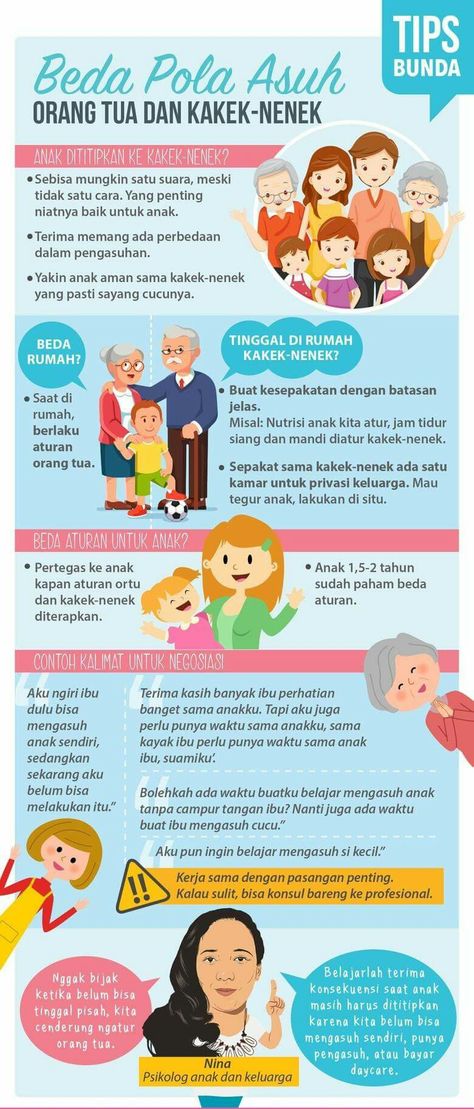
Child social workers more generally will provide a different scope of services that includes:
- Individual or group counseling for children and their families
- Assessing the social and psychological functioning of children and youths
- Helping parents and caregivers improve their parenting skills
- Identifying resources and services to assist children and their families
- Advocacy to ensure children or youth receive appropriate care, education and health services
- Maintaining case history records and preparing reports on treatment
- Assisting in the coordinating other needed services, such as medical appointments or educational accommodations
Additional child social worker special training and certifications
Child social workers can pursue different levels of certification through the NASW. Child social workers at the BSW level may apply through the NASW to become Certified Children, Youth and Family Social Worker (C-CYFSW).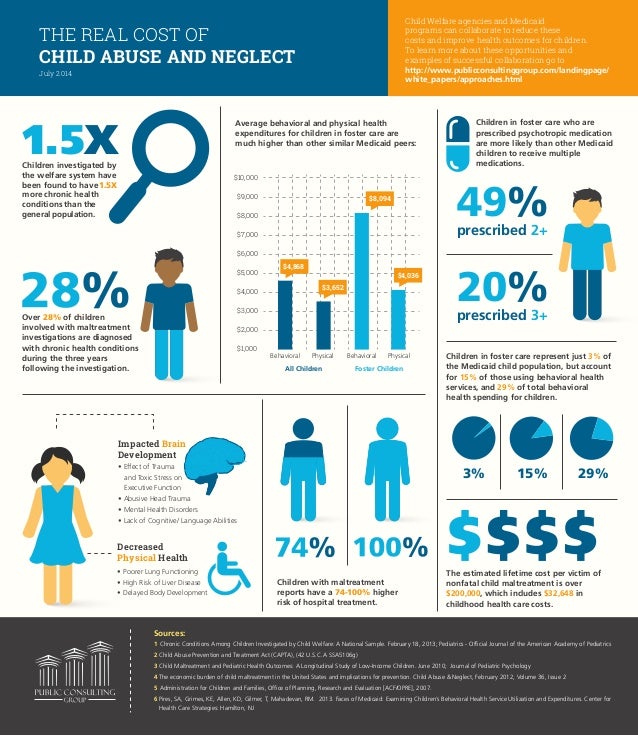 This certification requires 20 contact hours of post-degree continuing professional education on bio-psycho-social issues, interventions, or aspects of working with children and their families, along with 1,500 hours of paid, supervised professional work experience after receiving a BSW.
This certification requires 20 contact hours of post-degree continuing professional education on bio-psycho-social issues, interventions, or aspects of working with children and their families, along with 1,500 hours of paid, supervised professional work experience after receiving a BSW.
Social workers with a MSW can follow the NASW’s process to become a Certified Advanced Children, Youth & Family Social Worker (C-ACYFSW). This certification requires 20 or more contact hours of professional education specific to children, youth and families; at least 2 years and 3,000 hours of paid, supervised, post-MSW experience; and a masters-level license.
Some students pursue Child Welfare Certificates while completing their degree in social work. These certificates reflect that the student has built competences and in-depth knowledge specific to working with abused or neglected children. The coursework often includes topics such as child development, assessing abuse and neglect, and policies and laws pertaining to child services.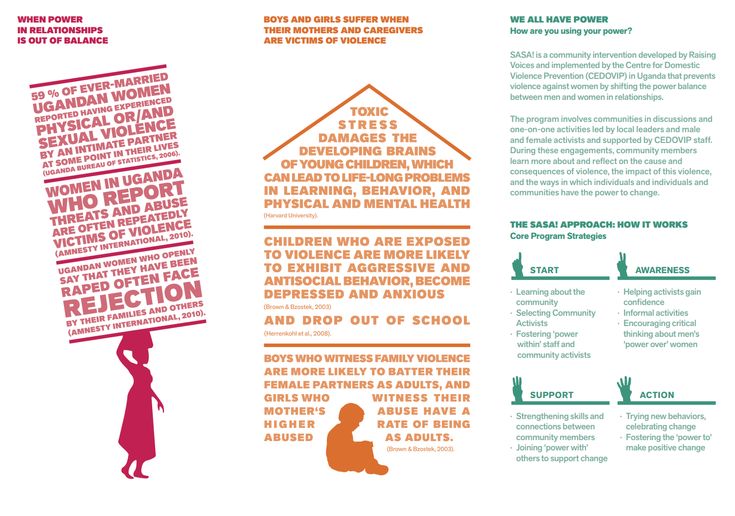 Depending on the school, these certificates can be earned by students pursuing their BSW and/or MSW.
Depending on the school, these certificates can be earned by students pursuing their BSW and/or MSW.
New social workers benefit from a rapidly expanding job market. According to data prepared by the Bureau of Labor Statistics, job opportunities for child, family and school social workers are expected to increase by 7 percent between 2018-2028.
BLS highlights that job prospects are particularly good for child social workers with clinical licensure, although specific data for this group is not provided. This is the result of a larger pattern of growth in healthcare spending and clinical social workers are able to benefit because they offer treatment services.
Those considering child welfare positions may want to consider participating in a Title IV-E program. This program provides stipends to defray education costs for students who are already employed in public child welfare agencies or preparing for employment in this setting after graduation, and can help provide a direct career pathway.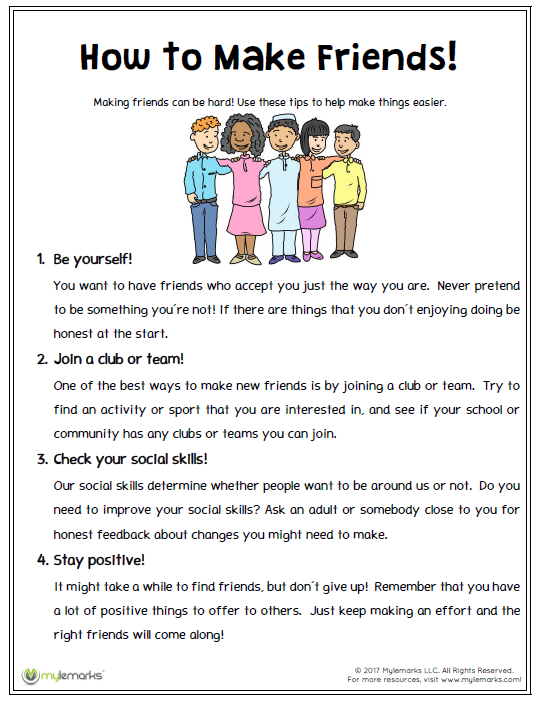 More information about Title IV-E programs can be found through the Children’s Bureau and the NASW title IV-E guide.
More information about Title IV-E programs can be found through the Children’s Bureau and the NASW title IV-E guide.
According to data compiled by the Bureau of Labor Statistics, the mean annual wage for child, family and school social workers in 2018 was $49,760. Social workers in individual and family services organizations earned less ($42,970) than their counterparts in state government ($49,650) and local government ($55,860).
A number of factors will significantly impact the salary child social workers can expect. Most prominently, a NASW study revealed that social workers with a MSW earn approximately $15,000 annually than those with a BSW.
Social workers in certain states (such as the District of Columbia, Connecticut or New Jersey) and metropolitan areas (such as metro New York City or Los Angeles, CA) also earn more. Those wanting to further explore the connections between geographic region and salary may want to reference this BLS report.
Find the latest interviews with subject matter experts and people working at the forefront of their field and get advice on child social worker directly from some of the world’s leading authorities.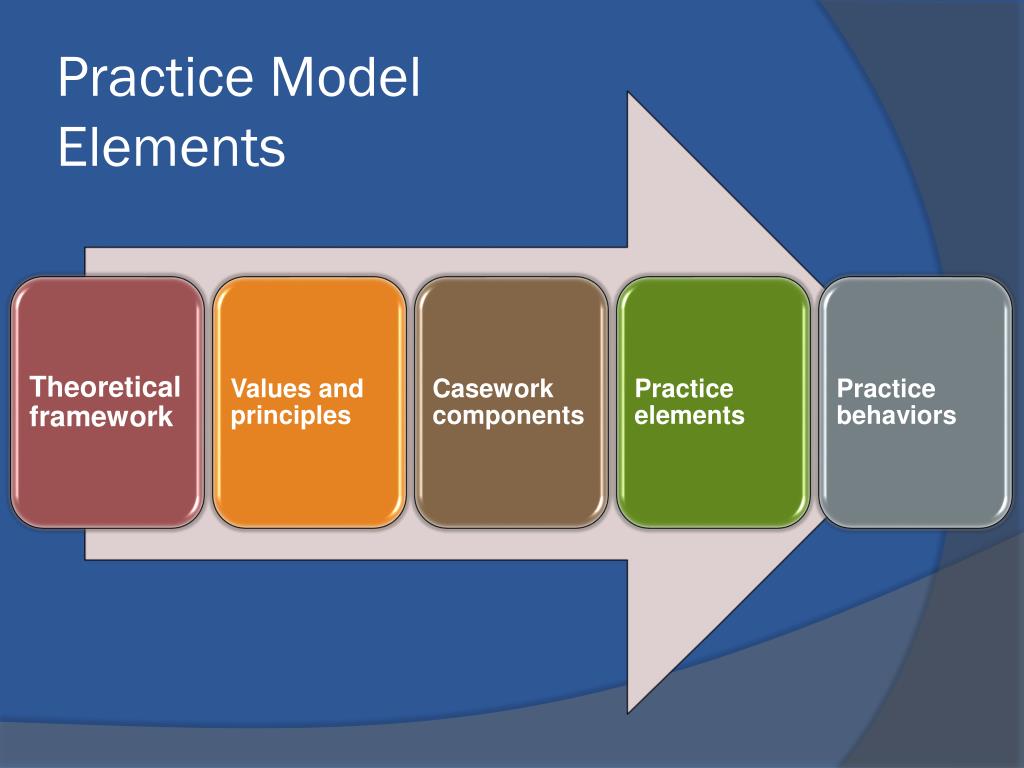 Learn more about all the different pathways and opportunities available in social work today.
Learn more about all the different pathways and opportunities available in social work today.
- What do you think are the most important qualities or qualifications needed to be successful as a child social worker?
- What are some of the reasons people become a child social worker?
- What should students expect when choosing a child social worker internship or field placement?
- What are employers generally looking for when hiring entry-level social worker?
- Do you find that people that train as a child worker stay in the field, or are they finding other, relevant work opportunities?
Who is a child protection social worker? Description and Skills • BUOM
November 18, 2021
A Child Protection Social Worker is a professional who specializes in ensuring that children are well cared for and protected. This type of social worker works closely with children and families to improve their quality of life. If you are an empathetic person who enjoys working with children and solving social problems, a career as a child protection social worker may be right for you.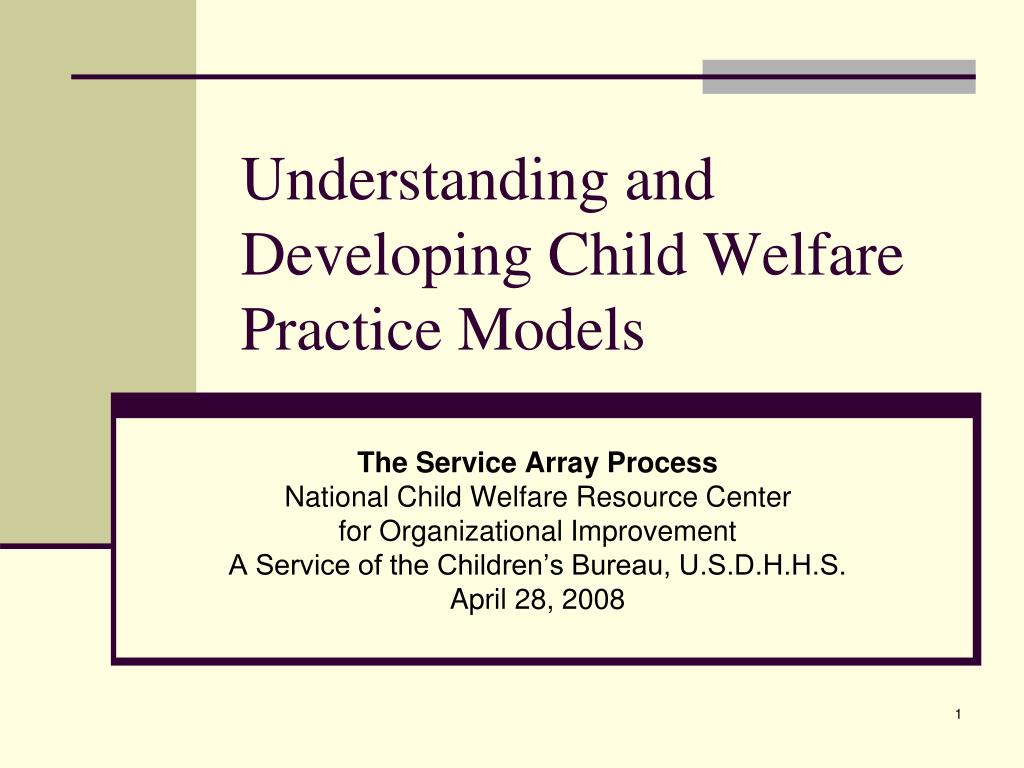 In this article, we will explain what a child protection social worker is and what they do, as well as share more information about these professionals, including their skills, work environment, salary, job prospects, and how to become one. nine0003
In this article, we will explain what a child protection social worker is and what they do, as well as share more information about these professionals, including their skills, work environment, salary, job prospects, and how to become one. nine0003
Who is a child protection social worker?
A child protection social worker is a professional who seeks to protect children and help them recover from adverse situations and living conditions. Child protection social workers often work closely with children who have been affected by social problems such as poverty, homelessness or crime. These professionals work with minors and provide advice to ensure that the child receives the care and tools they need to succeed. They may also communicate with parents and guardians in some situations to ensure they can provide for a child in their care. nine0003
What does a child protection social worker do?
Child welfare social workers provide support to families and children who are struggling with a social problem. Their job responsibilities may depend on the child they are helping, but these professionals typically have the following responsibilities:
Their job responsibilities may depend on the child they are helping, but these professionals typically have the following responsibilities:
Claim Investigation
Social workers sometimes visit families at home if they receive a complaint or report indicating a dysfunctional home environment. This could be for reports of absenteeism, neglect, or other issues. During home visits, child protection social workers assess the child's life situation and talk to both the child and the parents. The social worker may also interview other sources, such as neighbors, teachers, or anyone who filed an application that called them into the house. nine0003
Provision of counseling services
Depending on their assessment of the child's life situation, child protection social workers may provide services to improve the living conditions of the child and his family. These services are dependent on the situation, but may include:
-
Consulting
-
Tutivation
-
Housing
-
Training and advice of parents
-
Application for social benefits
Intervention in dangerous situations
In the unfortunate event that child welfare workers notice that a child's living conditions are unsafe, they can intervene. They can do this by contacting the police if the situation involves criminal activity and recommending temporary or permanent placement for the child. In these cases, social workers may also testify in court to explain their assessment. A child protection social worker can help a parent or guardian get support and counseling to prepare them and the child for a possible reunion. nine0003
They can do this by contacting the police if the situation involves criminal activity and recommending temporary or permanent placement for the child. In these cases, social workers may also testify in court to explain their assessment. A child protection social worker can help a parent or guardian get support and counseling to prepare them and the child for a possible reunion. nine0003
How to Become a Child Protective Social Worker
If you are interested in becoming a Child Protective Social Worker, it is important to check the eligibility requirements for your state as they may vary. In general, you can follow these steps:
1. Get a degree
The minimum education requirement for child protection social workers is a bachelor's degree. Some professionals earn a master's degree to prepare them for more demanding jobs and expand their employability. It is often better to specialize in social work or a related field so that you can take courses such as psychology, social welfare, human behavior, community work, and sociology. It is important to ensure that the Council for Social Work Education (CSWE) approves the degree program you choose, as this will assist you in licensing. nine0003
It is important to ensure that the Council for Social Work Education (CSWE) approves the degree program you choose, as this will assist you in licensing. nine0003
Bachelor's degree social work programs take an average of four to five years if you enter as a full-time student, while a master's degree can take five to six years. You may want to research job openings and social work agencies in your area before deciding whether to pursue a bachelor's or master's degree, as this can help you determine which is more in demand in your area. In the Master's program, you can also choose areas of specialization such as drug addiction or medical social work. nine0003
2. Take an internship
While you're getting your bachelor's or master's degree, it's helpful to find an internship. Internships can help you gain on-the-job training and work experience. Consider applying for an internship with family service and adoption agencies. Social work interns may assist professionals with their administrative duties and help organize some social services. Working under the direct supervision of a practicing child protection social worker may help you meet some of the requirements for your professional license. nine0003
Working under the direct supervision of a practicing child protection social worker may help you meet some of the requirements for your professional license. nine0003
3. Apply for a license
After you complete your degree and gain some work experience during your internship, consider applying for a Social Work License (LSW). There are several different types of social work licenses, so it's important to consider which ones are best for your career. Typically, an LSW requires a bachelor's or master's degree, a certain number of field hours, and a passing score on the licensing exam. This exam is offered by the Association of Social Work Council (ASWB). You can register for the exam on the organization's website and prepare by taking the mock test they offer. nine0003
4. Pass a background check
Most organizations that employ social workers require employees to pass a background check. Because child protection social workers interact with children so often, it is important that you have no criminal history and that you can pass a background check and a fingerprint check.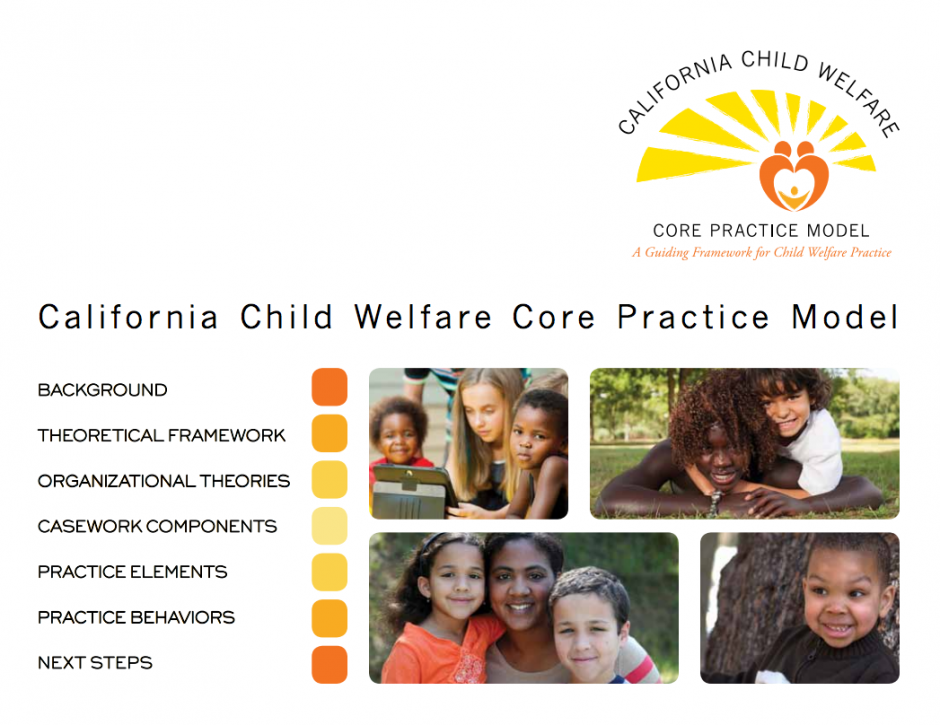 To further meet recruiting standards, make sure you understand all the practices required to keep your LSW up and running. In some states, this may require you to periodically renew your license. nine0003
To further meet recruiting standards, make sure you understand all the practices required to keep your LSW up and running. In some states, this may require you to periodically renew your license. nine0003
5. Consider additional certifications
Although you can start working as a child protection social worker after you receive an LSW, you may want to consider additional certifications. This may allow you to improve your skills and qualify for promotions throughout your career. Some certifications you might consider include certificates in topics such as health care, forensic social work, foreign languages, and functional aging. nine0003
Skills and qualities of a child welfare social worker
Because of the unpredictable nature of their work, child welfare social workers often need to have different social and technical skills in order to apply them in different situations. Some of these skills and attributes include:
Childcare
Childcare skills enable social workers to successfully interact with and care for children between home placements. Child protective social workers often benefit from the opportunity to interact with children of different ages, as they may need to be interviewed to investigate claims. The ability to care for babies can also be helpful. These skills allow social workers to understand what living conditions are safe for children and help them if they need to temporarily look after and care for a child. nine0003
Child protective social workers often benefit from the opportunity to interact with children of different ages, as they may need to be interviewed to investigate claims. The ability to care for babies can also be helpful. These skills allow social workers to understand what living conditions are safe for children and help them if they need to temporarily look after and care for a child. nine0003
Make a decision
Child protection social workers often do their job on their own, so it is important that they have the ability to make the right decisions about their performance, their safety and the safety of their children. This skill is particularly relevant in the process of investigating claims, as child protection social workers decide whether the child's living conditions are acceptable or not. While social workers may seek advice from law enforcement, other social workers, and therapists, it is helpful for these professionals to be able to make confident and intelligent decisions quickly, especially as they may find themselves in dangerous situations.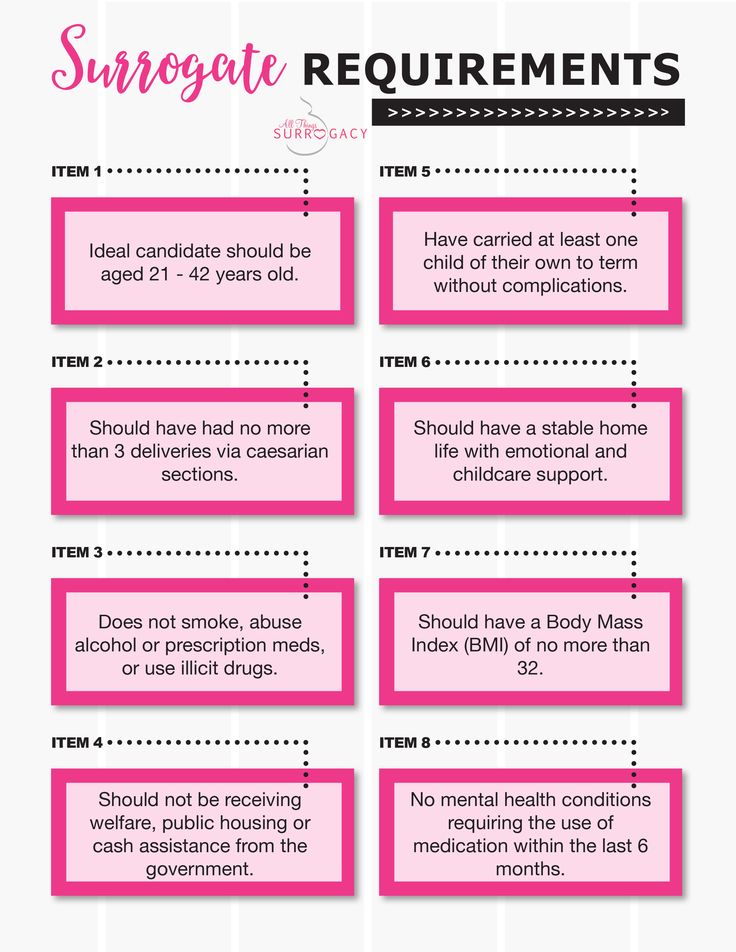 nine0003
nine0003
Problem solving
Problem solving skills help child protection social workers decide which services are best to support families and children. For example, they may need problem-solving skills to determine if a child's home can be improved through counseling and social services, or the child may need temporary or permanent placement with a foster family. These skills can also help child protection social workers provide individualized support to their clients and find solutions that best address the child's living conditions. nine0003
Communication
Child protection social workers use communication skills to interact with children, other professionals and caregivers. Having strong written and oral communication skills can help these professionals understand and share information effectively. Strong communication skills also enable child protection social workers to offer support and advice to parents, guardians and children. It is helpful to have a flexible way of communicating, including learning other languages or having multiple ways to communicate, as this can help you become more accessible to clients.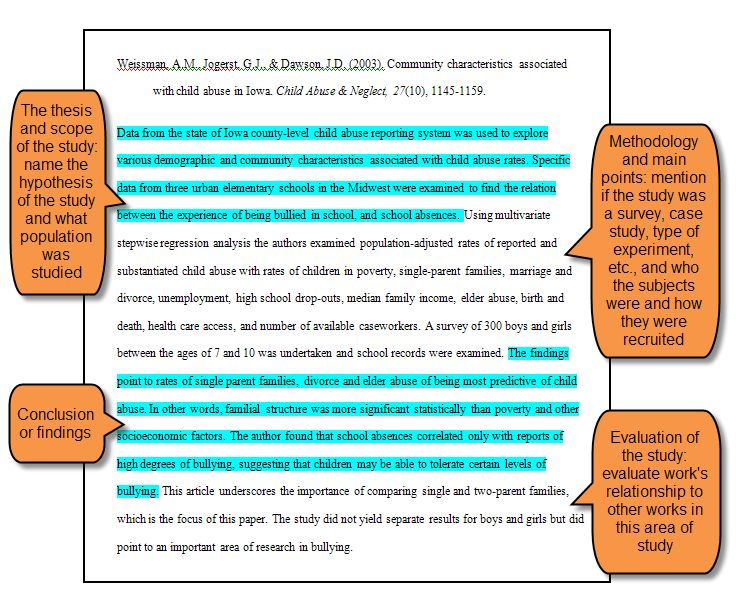 nine0003
nine0003
Empathy
Empathy for clients is an important skill for social workers. These professionals often work on cases that require sensitivity and compassion. This can help counsel families and children and allow child protection social workers to feel more engaged and motivated to do their jobs. Because of the emotional impact that social work can have on professionals, it is also important to have resilience. This can help you reduce work-related stress. nine0003
Working Conditions of a Child Protection Social Worker
Child protection social workers usually work in government agencies that specifically protect families and children, such as family services departments. They may also work for non-profit organizations such as foster families or adoption agencies. These professionals divide their work responsibilities between performing tasks in the office and traveling to locations to investigate and counsel children. Working in the office, child protection social workers focus on filing documents and maintaining client files.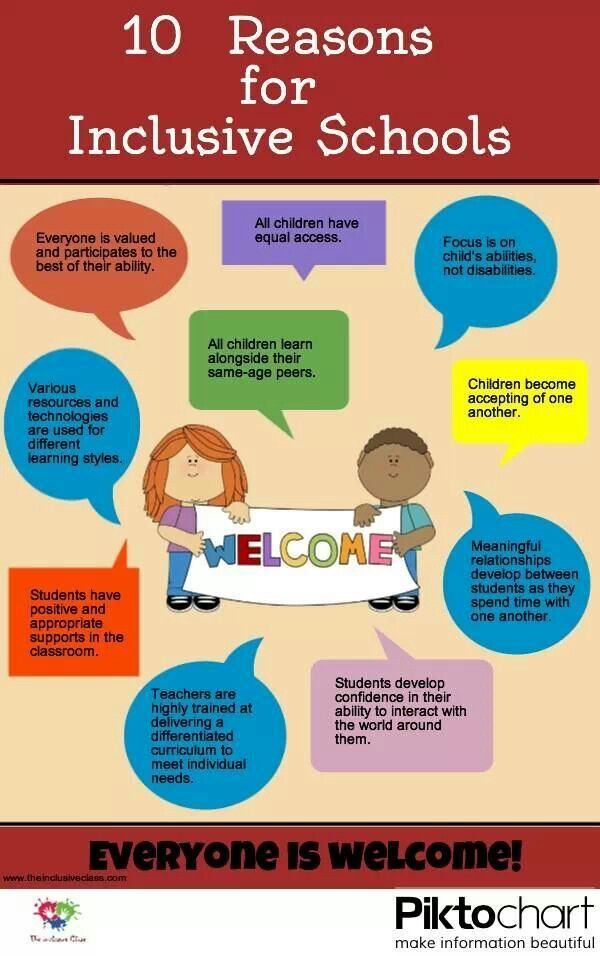 nine0003
nine0003
Child Protection Social Workers are usually full-time and may work nights or weekends if they need to investigate a complaint outside of normal business hours. These professionals usually work closely with law enforcement, other social workers, and therapists.
Child Protection Social Worker Salary and Job Opportunities
Data Really, social workers earn an average of $56,326 per year. A professional's salary can depend on a variety of variables, including their education, level of experience, position, employer, and location. Child social workers also receive other benefits such as:
-
Health insurance, and vision
-
Reimbursement of the cost of training
-
Completion of mileage
-
Paid vacation
-
401 (K) account
Labor bureau forecasting. increase in demand for social workers by 12% between 2020 and 2030. This growth is above average. The BLS also predicts about 78,300 social work vacancies each year, so you can quickly find a job in this field. nine0003
nine0003
Please note that none of the entities mentioned in this article are affiliated with Indeed.
Guidelines for social workers | CRIN
Social work focuses on working with people. Social workers are responsible for supporting children, referring children to services appropriate to their needs, and advocating for their rights.
This guide is designed to help social workers learn more about children's rights under the Convention on the Rights of the Child (CRC) and how to promote and fulfill them. The Convention on the Rights of the Child covers all aspects of the legal field, including care and treatment, and therefore is the basis for any activity undertaken in the framework of social work with children. nine0003
The concept of CRC
CRC does not imply any hierarchy of rights, they are all equally important and represent a single whole. The Committee on the Rights of the Child has identified some rights as general principles because they are directly relevant to the understanding and enjoyment of all other provisions and rights.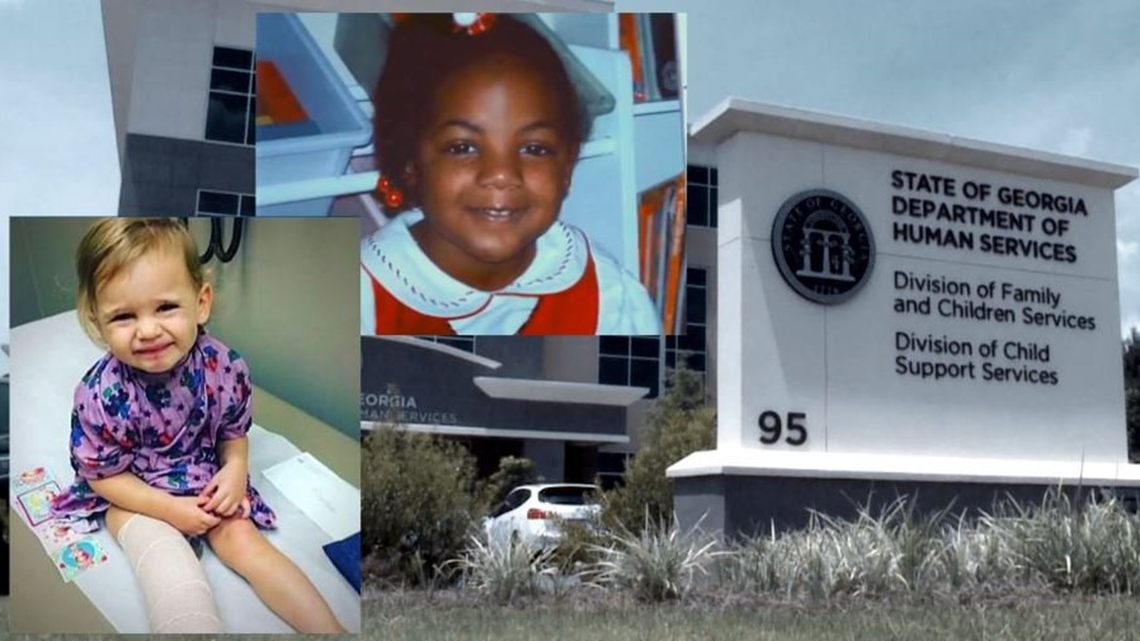
Non-discrimination
“Social workers are expected to provide the best available care and support without /.../ discrimination based on sex, age, disability, race, color, language, religious or political beliefs, property or social status , sexual orientation and belonging to a social class. – International Policy on Human Rights, The International Federation of Social Workers / International Policy on Human Rights, International Federation of Social Workers. nine0003
Social workers are able to guarantee equal access to public services and welfare in accordance with the resources of national and local government structures. They have a personal responsibility to counter any form of discrimination in their own practice and within the families and communities they work with.
Article 2 also prohibits discrimination of any kind and guarantees all rights to every child “regardless of race, colour, sex, language, religion, political or other opinion, national, ethnic or social origin, property, health or birth of the child, his parents or legal guardians, or any other circumstances. " nine0003
" nine0003
For example, when dealing with migrant children, in many cases, their status as a migrant is taken into account first of all, and not the status of minors. Children with disabilities often do not have equal access to all services, including schools and hospitals, because buildings and roads are not adapted to their needs. Change can be initiated by disseminating information about children's experiences and/or needs. This is where social workers can play a key role. nine0003
Best interests of the child
Article 3 of the CRC provides that the best interests of the child must be a primary consideration. This principle is often overlooked or given priority to the interests of adults.
Putting the best interests of the child at the forefront is not always an easy task. There are too many aspects to take into account and, most importantly, the child's opinion must be listened to and taken into account. Therefore, social workers must understand that the best interests of the child do not always coincide with the best interests of the people in whose care he is.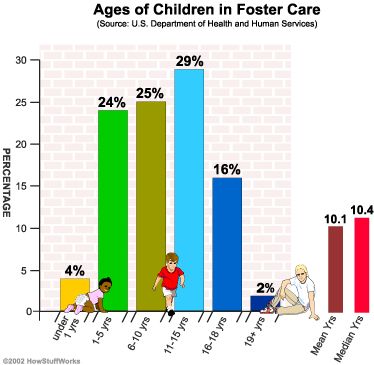 nine0003
nine0003
The International Federation of Social Workers Study Guide Social Work and the Rights of the Child (in English) provides a prime example of a situation where a child's rights are at stake and their opinion is needed.
Parents from a developing country are approached by a wealthy couple from a developed country to adopt their young child. Parents are promised that the child will be provided with good food, a good home and a good education. Parents do not want to lose their child, but they believe that they should not deprive him of a chance for a better life. nine0003
- How can I help my child express his or her opinion about adoption?
- What other options are available for the child and their parents?
- How, in the case of adoption, can a child keep in touch with his family?
- What needs to be done to ensure the development of the child's personality and its original culture?
Parents have the primary responsibility to ensure that the best interests of the child are considered first and foremost in any case.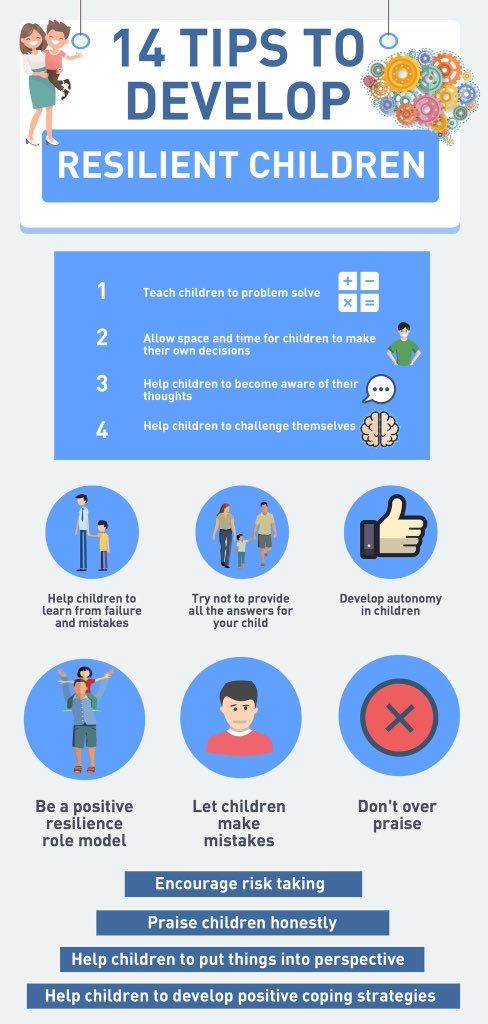 Social workers can help them with this. The support of social workers can prevent a child from being separated from their parents and ensure that they are not deprived of their family environment, unless it is not in their best interests. nine0003
Social workers can help them with this. The support of social workers can prevent a child from being separated from their parents and ensure that they are not deprived of their family environment, unless it is not in their best interests. nine0003
The right to survival and development
Article 6 guarantees the fundamental right of the child to survival and the highest attainable standard of development. The concept of survival and development to the highest attainable level is crucial to the realization of all the rights enshrined in the Convention on the Rights of the Child.
Social workers often play a critical role in promoting changes in traditional social policies and practices to improve children's basic rights to survival and development. nine0003
For example, in a number of communities, the practice of killing newborn girls is widespread because of the preference for male children.
The low status of women in society and the traditional preference for male children have led to the fact that the murder of newborn girls has become a huge problem in India, China and other Asian countries.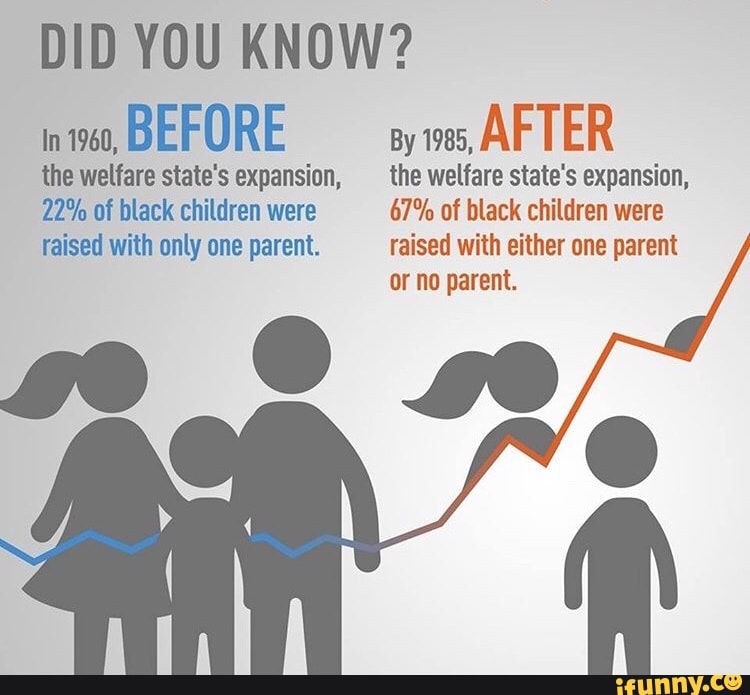 This phenomenon is based on gender discrimination. The killing of newborn girls is a consequence of the permissibility of such phenomena as violence, abandonment or neglect of a child. nine0003
This phenomenon is based on gender discrimination. The killing of newborn girls is a consequence of the permissibility of such phenomena as violence, abandonment or neglect of a child. nine0003
Read: International NGO Council on Child Abuse. Harmful practices based on tradition, culture, religion or superstition / Harmful practices based on tradition, culture, religion or superstition.
The right to survival and development must be respected, taking into account the fact that childhood is important in itself, and not only as a stage to adulthood. Children should be valued and respected as full human beings from the moment they are born.
Right to be heard
Article 12 guarantees the child the right to express his opinion on all matters concerning him and requires that this opinion be taken into account. Social workers should recognize children's right to be actively involved in managing their own lives, not overestimate their own knowledge and understanding of children's needs.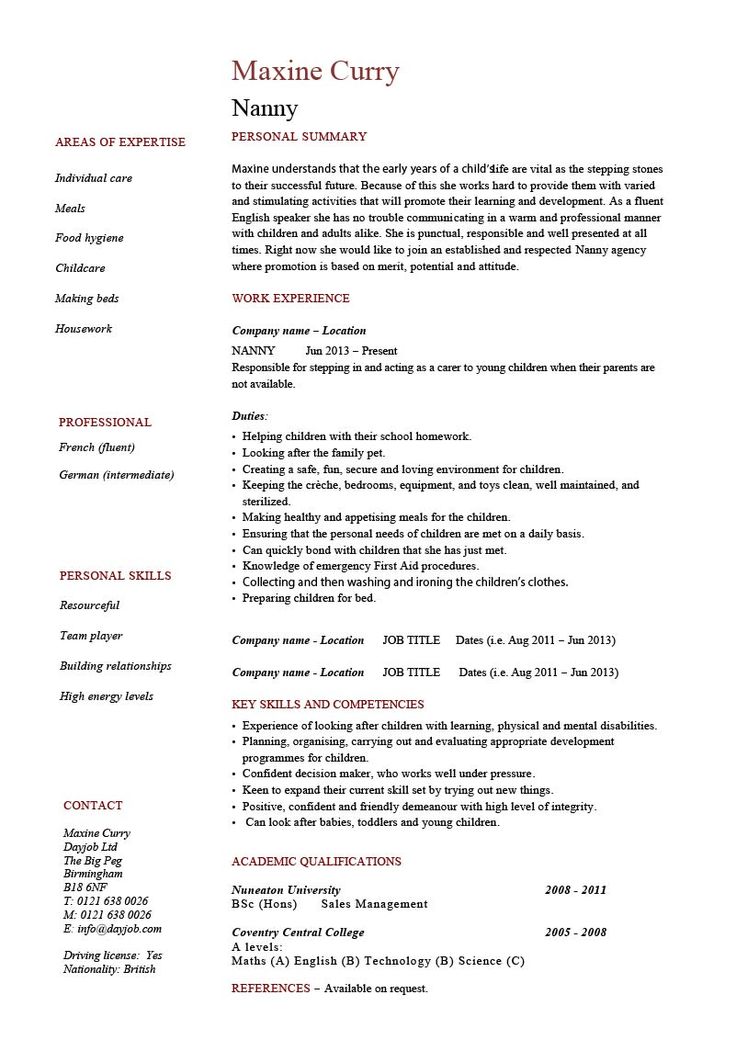 It should not be assumed that the social worker knows more about the child's life than the child himself.
It should not be assumed that the social worker knows more about the child's life than the child himself.
The CRC does not establish a minimum age at which adults must take a child's opinion seriously. The Convention guarantees all children, at any age, the right to be heard. nine0003
Children with disabilities have the right to be actively involved in their communities. But in order to ensure that children with disabilities have access to the entire space of the community, it is necessary to carry out preliminary work on creating the appropriate infrastructure and changing public behavior.
Children who are listened to have more confidence in the social services system. Conversely, children who have not been listened to or disregarded often lack confidence in the system. nine0003
Children can express their thoughts and experiences in many ways: some of them prefer to speak, others write or draw. It is very important that the social worker creates an environment in which the child can behave easily and naturally.
Children have the right to privacy and confidentiality (Article 16). It is very important to discuss with the child whether he wants the information he shared with the social worker to become known to others. When asking questions, be extremely careful. Most importantly, children should be aware of all the consequences of expressing their opinion. nine0003
Protection from all forms of abuse and violence
Article 19 requires that the child be protected “from all forms of physical and psychological abuse” by parents, legal guardians or any other person who cares for him.
Social workers may be involved in situations of child abuse and/or abuse. They are responsible for carrying out child protection activities in case of suspicion that children are being abused or beaten by parents, guardians or employees of the institution in which they are located. Article 19relates directly to the right to life, survival and development, guaranteed by Article 6, and upholds the right of children to respect for their dignity, physical and personal integrity.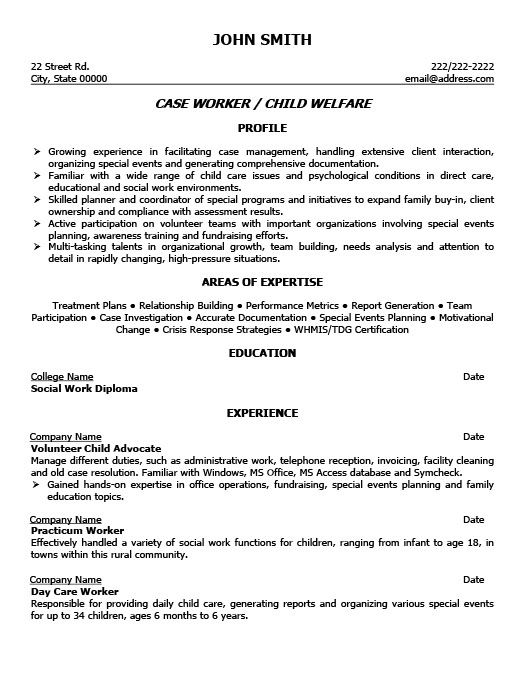
Social workers play a critical role in identifying, reporting and advocating abuse and violence. But the key to protecting children from further harm and building trust is respecting children's right to privacy and respect for confidentiality. nine0003
Laws in many countries are in need of reform to abolish corporal punishment of children and prohibit all forms of abuse and violence in all settings, including the home. Social workers can become involved or even lead public campaigns for such reform. For more information about the legal reform your country needs, please click here: Global Initiative to End all Corporal Punishment of Children
Juvenile justice
Social workers are often involved in the processes and final meetings of the juvenile justice system. In these cases, they have a special function of enforcing child-friendly justice.
Children need a friendly justice system designed to minimize the challenges they may otherwise face in legal proceedings. Legal representation must be provided free of charge and rights and fair trial standards must be guaranteed that are responsive to the needs of children. nine0003
Legal representation must be provided free of charge and rights and fair trial standards must be guaranteed that are responsive to the needs of children. nine0003
Article 37(b) of the Convention on the Rights of the Child provides that “the arrest, detention and imprisonment of a child shall be in accordance with the law and used only as a measure of last resort and for the shortest appropriate period of time”. Social workers have a key role to play in ensuring that children are kept outside the criminal justice system, so that children come into contact only with systems that have abandoned the idea of punishment and aimed solely at their rehabilitation, with mandatory attention to guarantees of public safety. Read the CRIN publication on States Lowering the Minimum Age for Criminal Responsibility. nine0003
In any case, pre-trial detention should only be used as an exception and as a last resort. Social workers must ensure that children who are detained are brought to justice promptly.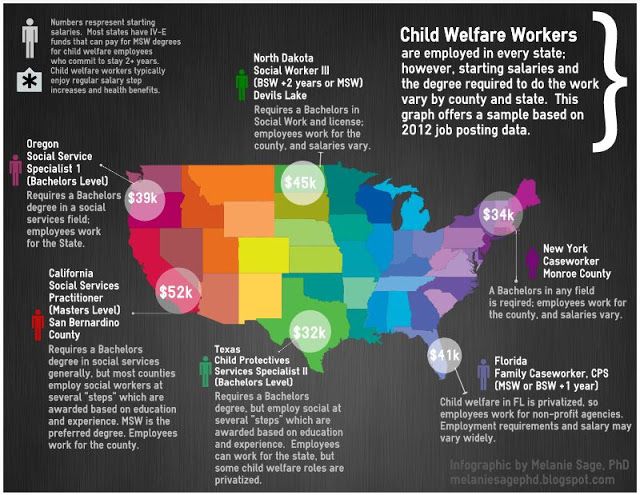
Drug use
Usually children are criminalized for drug use. If caught and detained by the police while using drugs, children may be sent to institutions for compulsory treatment or rehabilitation, where they may be subjected to torture, inhuman or degrading treatment. Children may also be sent to correctional centers or juvenile prisons. They may be expelled from school or other educational institution. In many countries, children are kept in prison cells where adults are also held (for example, in Jamaica or Bangladesh). Read the CRIN publication Children's Rights and Drug Use. nine0003
Children should not be turned into criminals for drug use. Social workers should demand that the problem of drug use be addressed from a public health perspective and with a focus on prevention of drug-related harm. Social workers should provide children who use drugs with the information they need and refer them to the appropriate drug treatment and harm reduction services.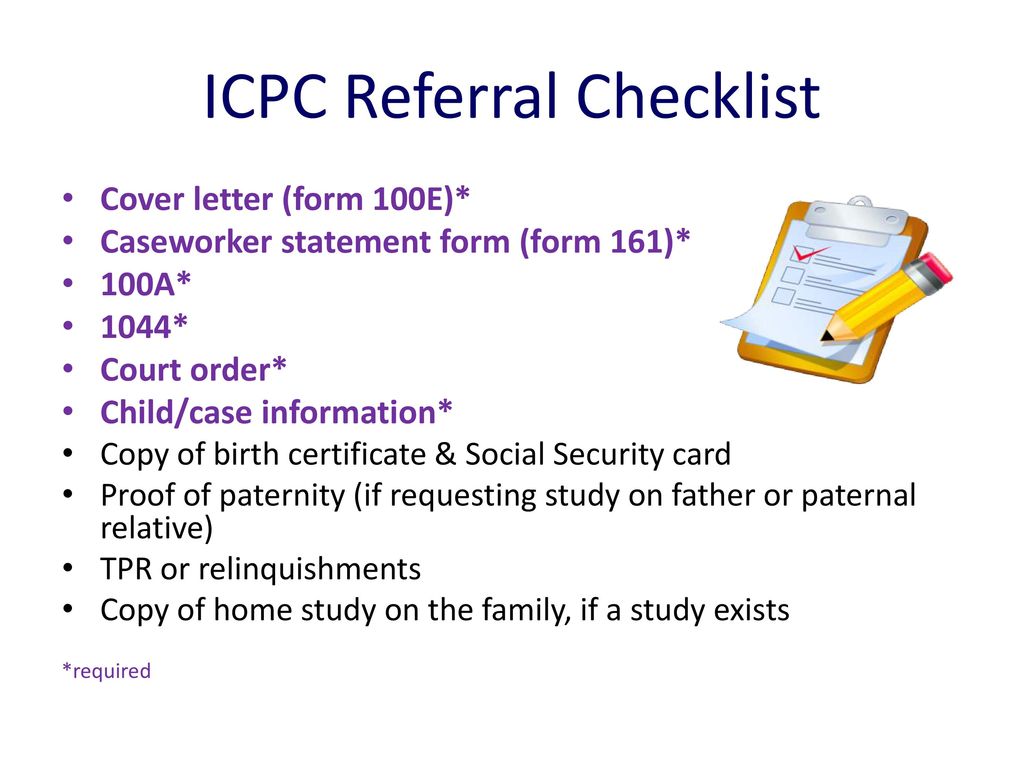 Where such services do not exist, social workers should advocate for their establishment. nine0003
Where such services do not exist, social workers should advocate for their establishment. nine0003
In 2012, the Committee on the Rights of the Child urged Albania to “work to reduce the number of children who use drugs, tobacco and alcohol by providing them with reliable and objective information about drug use, including tobacco products, and child-friendly institutions drug treatment and harm reduction services, among other means.”
Involuntary detention due to mental illness
Children placed in psychiatric hospitals are victims of human rights violations such as forced sterilization and abortion, denial of pain relief, and forced detention as "treatment".
“Healthcare should be a place where human rights are respected. However, as a rule, they are the place where human rights are severely violated, sometimes even with the use of torture and inhuman, degrading methods of treatment.”
Children with mental health problems should not be routinely placed in this type of facility. Social workers must ensure that the placement of a child in these institutions occurs only with his consent or, if the child is not able to make a decision about his treatment, proceeds from his best interests. nine0003
Social workers must ensure that the placement of a child in these institutions occurs only with his consent or, if the child is not able to make a decision about his treatment, proceeds from his best interests. nine0003
Social workers often have access to psychiatric hospitals, where they can check what treatment children are receiving and how they are getting on. If social workers have doubts about the rights of a child, they may call on the authorities to investigate the treatment he receives in a psychiatric hospital. It is essential that all appropriate steps be taken to provide children with the highest possible quality of care.
Child rights advocacy
Social work is not limited to direct work with a specific person. It contributes to changes in the life of an individual, family, community, as well as changes in politics, legislation and social relations.
As mentioned above, social workers can play a big role in campaigning for children's rights. Due to their special position, they are aware of the needs of children and of all the gaps in policy and legislation that hinder the enjoyment of their rights. By maintaining constant contact with children, being aware of the social norms, laws and policies that determine the behavior of adults with children, social workers best understand the impact that these norms, laws and policies have on the lives and behavior of children. nine0003
Due to their special position, they are aware of the needs of children and of all the gaps in policy and legislation that hinder the enjoyment of their rights. By maintaining constant contact with children, being aware of the social norms, laws and policies that determine the behavior of adults with children, social workers best understand the impact that these norms, laws and policies have on the lives and behavior of children. nine0003
They can approach local organizations to take part in their campaigns or even lead their own campaigns and encourage NGOs, community leaders, parents and children to join them.
The tasks listed are just examples. While visiting children, social workers may encounter many other problems, such as the use of harmful traditional practices, involvement in armed conflicts, the situation of refugees and the situation of children living on the street. nine0003
What should NGOs do?
Often NGOs have to perform the functions of social workers due to insufficient funding of social services and the level of their professional training.



